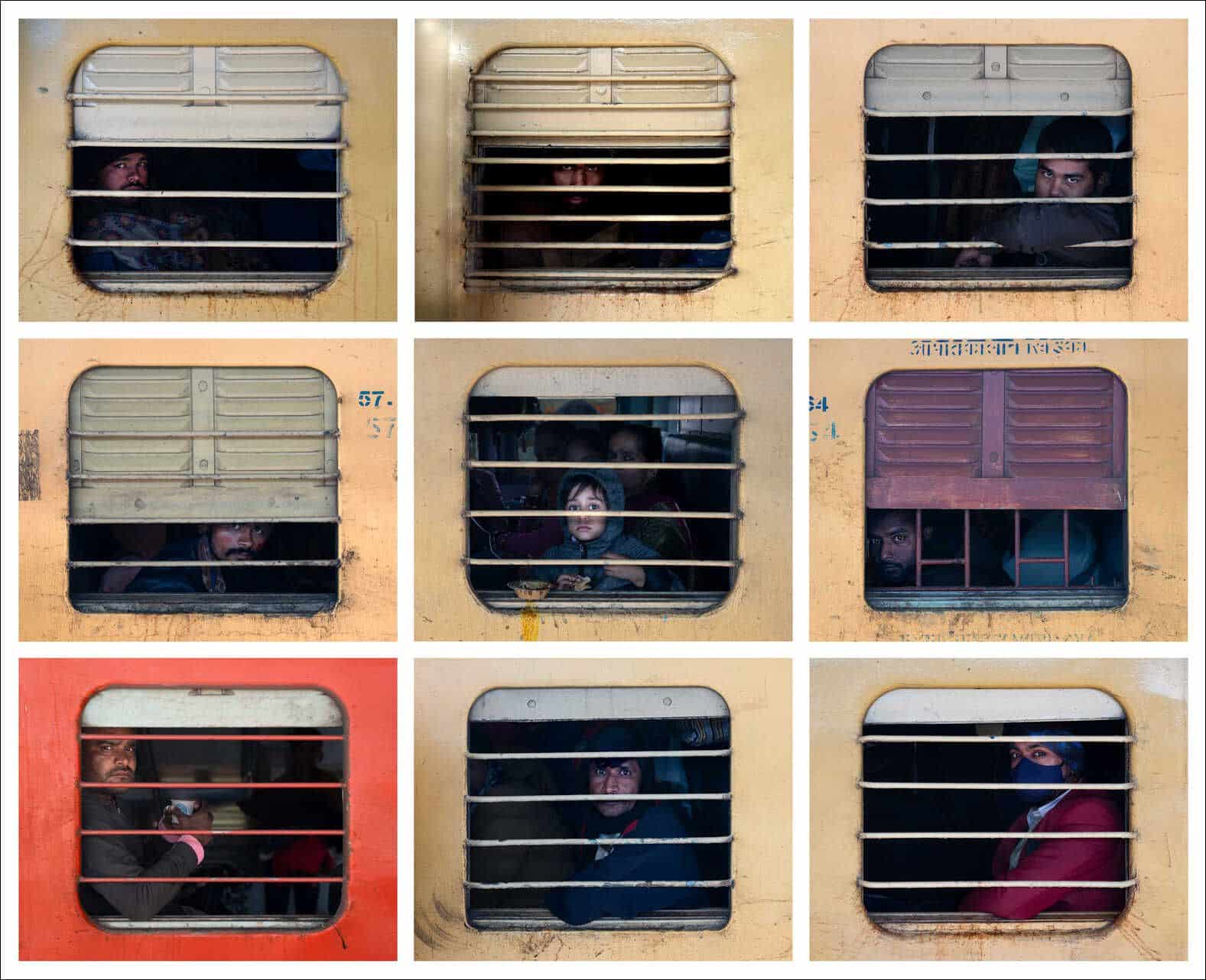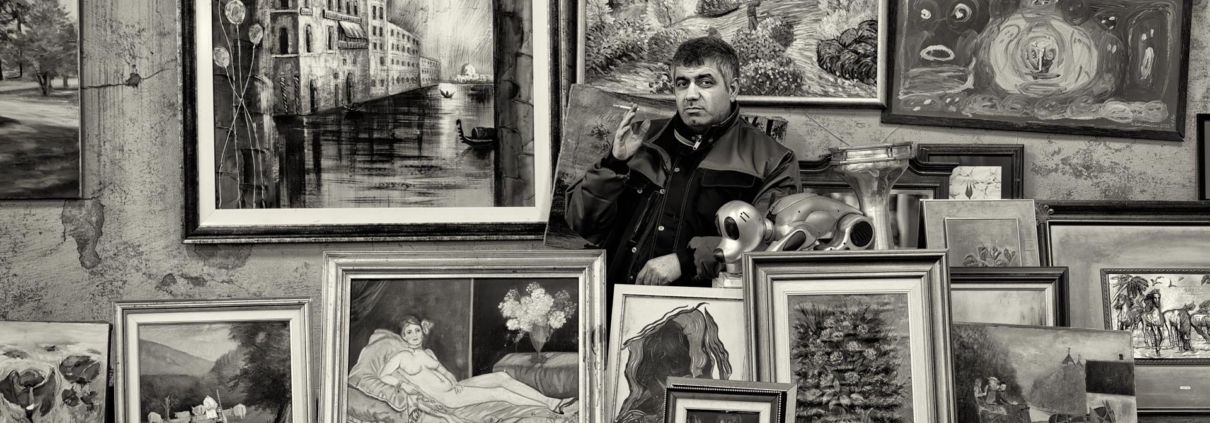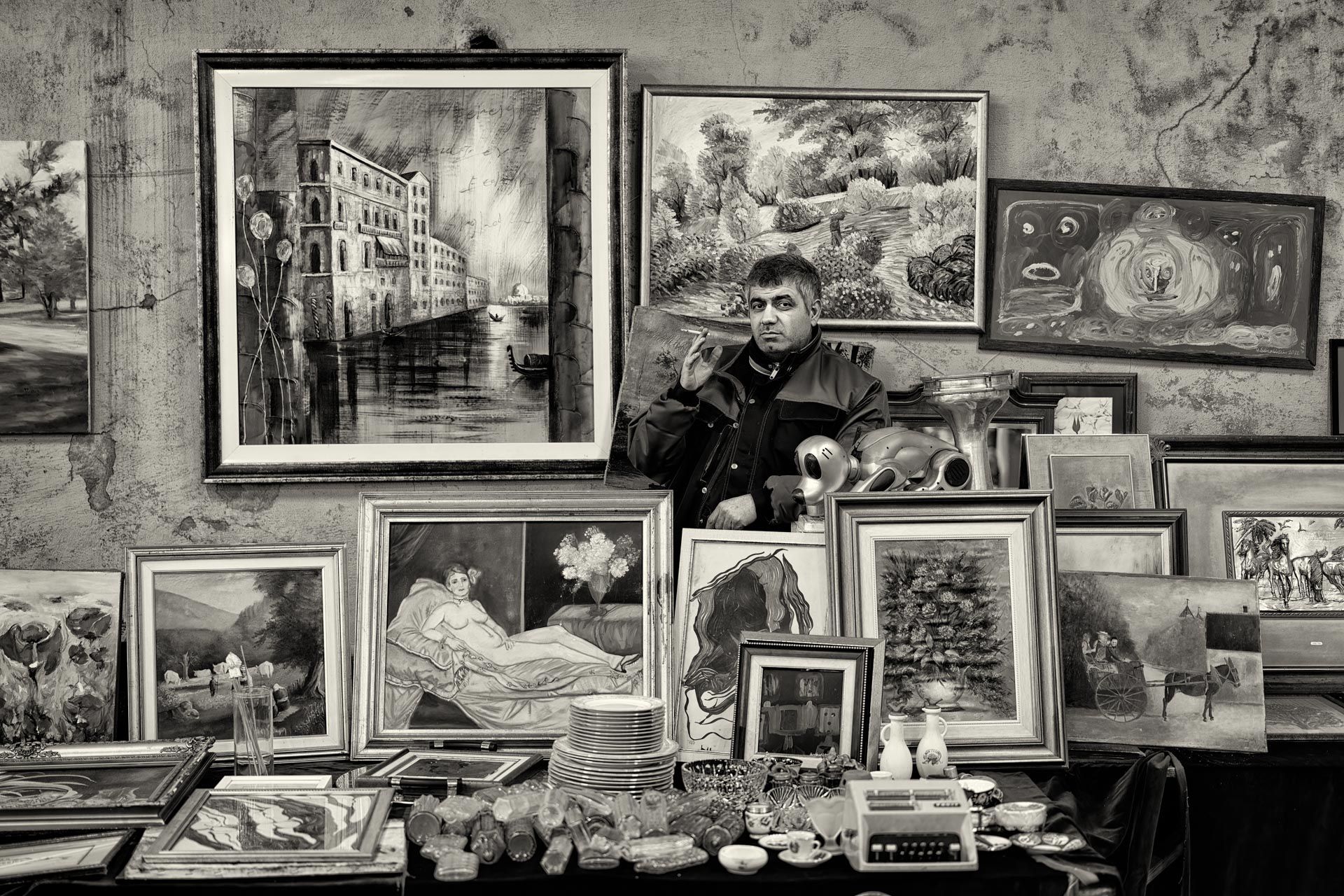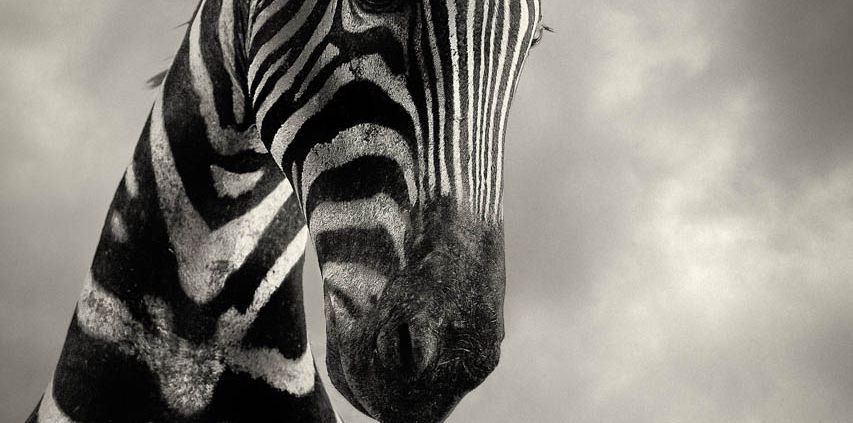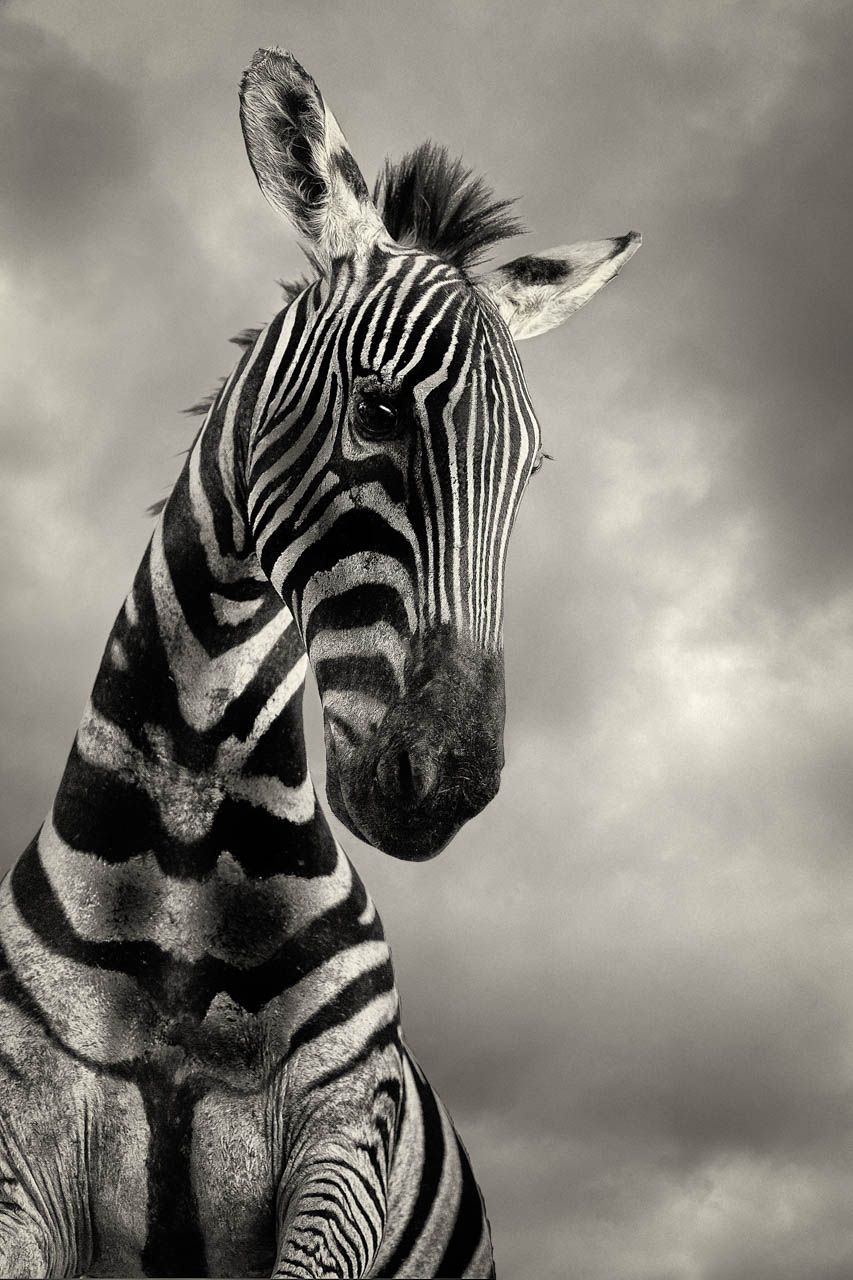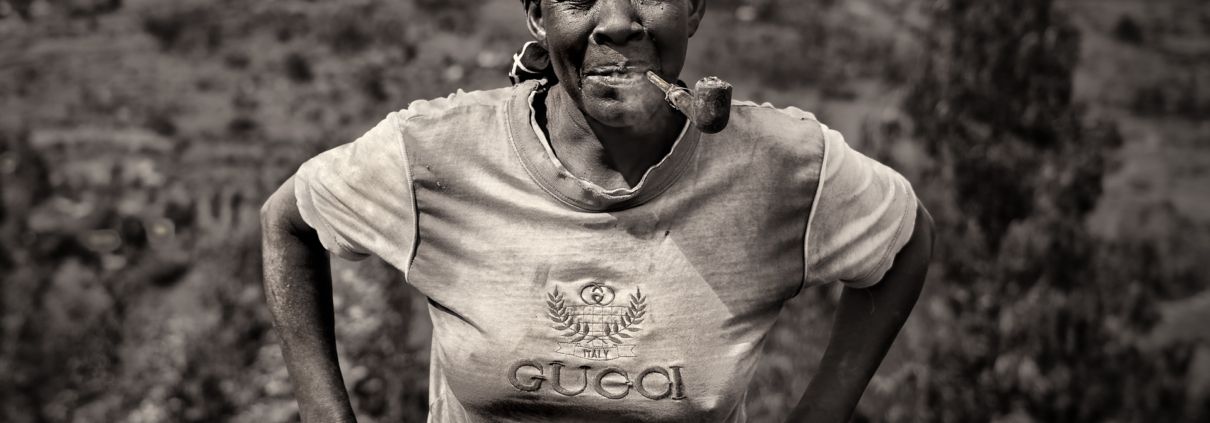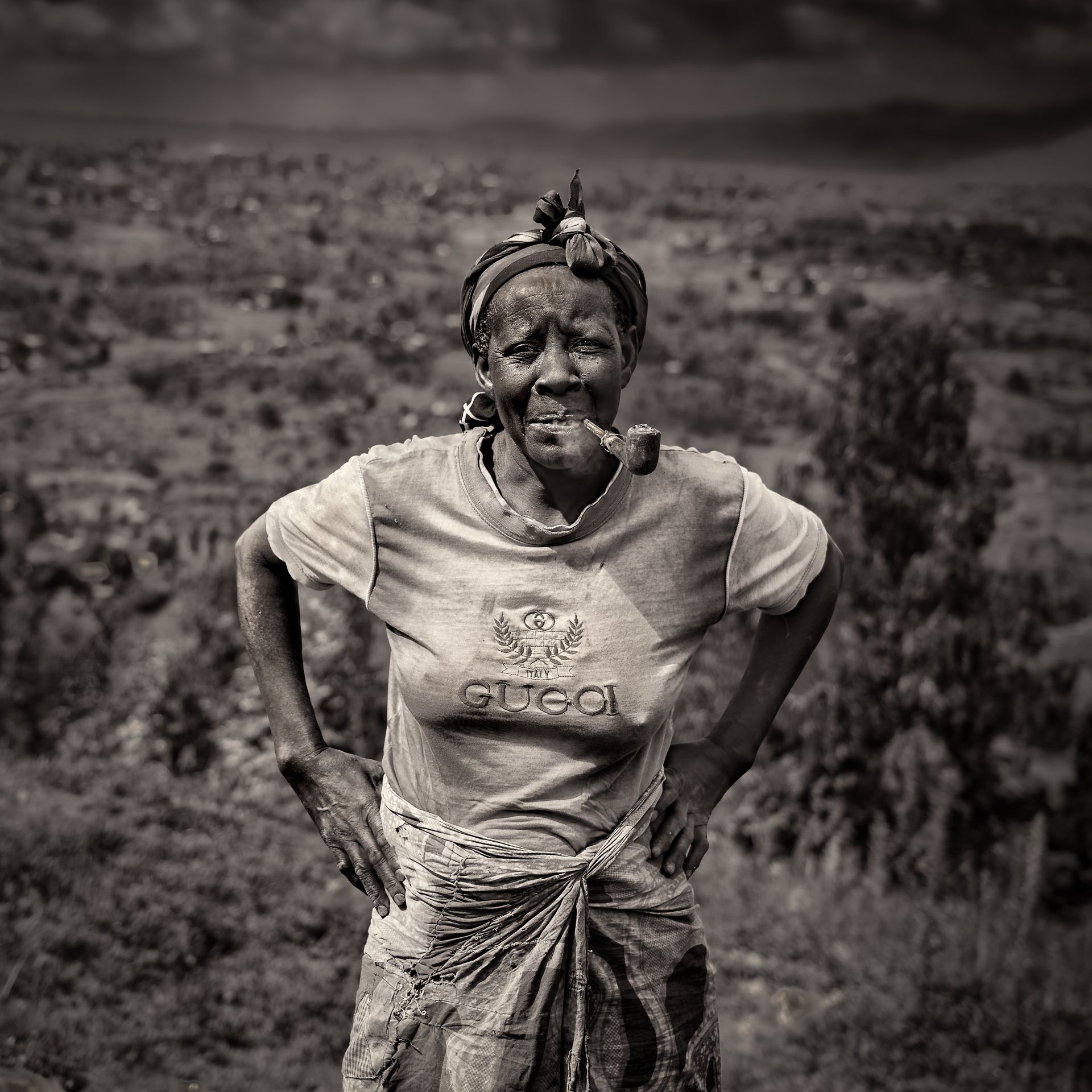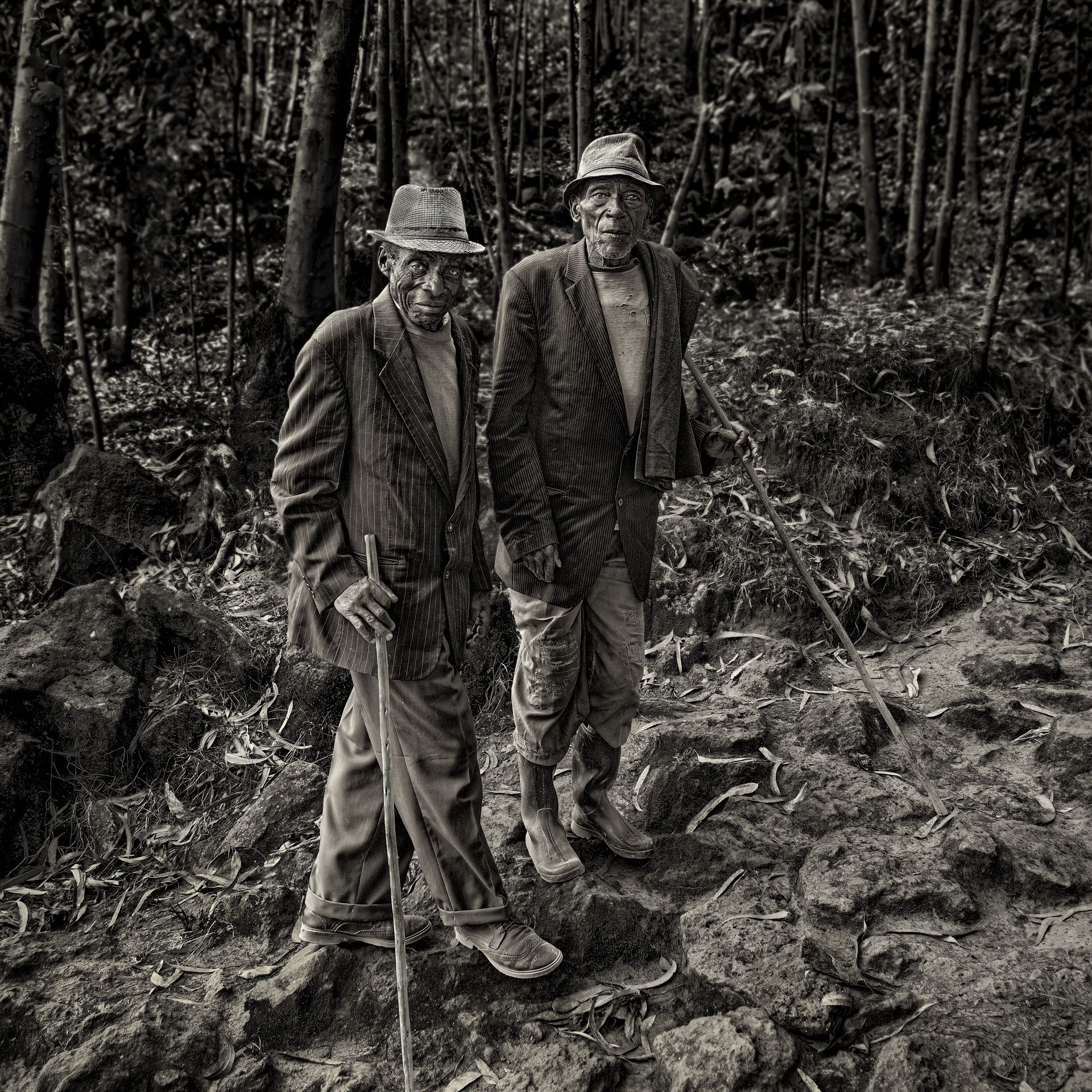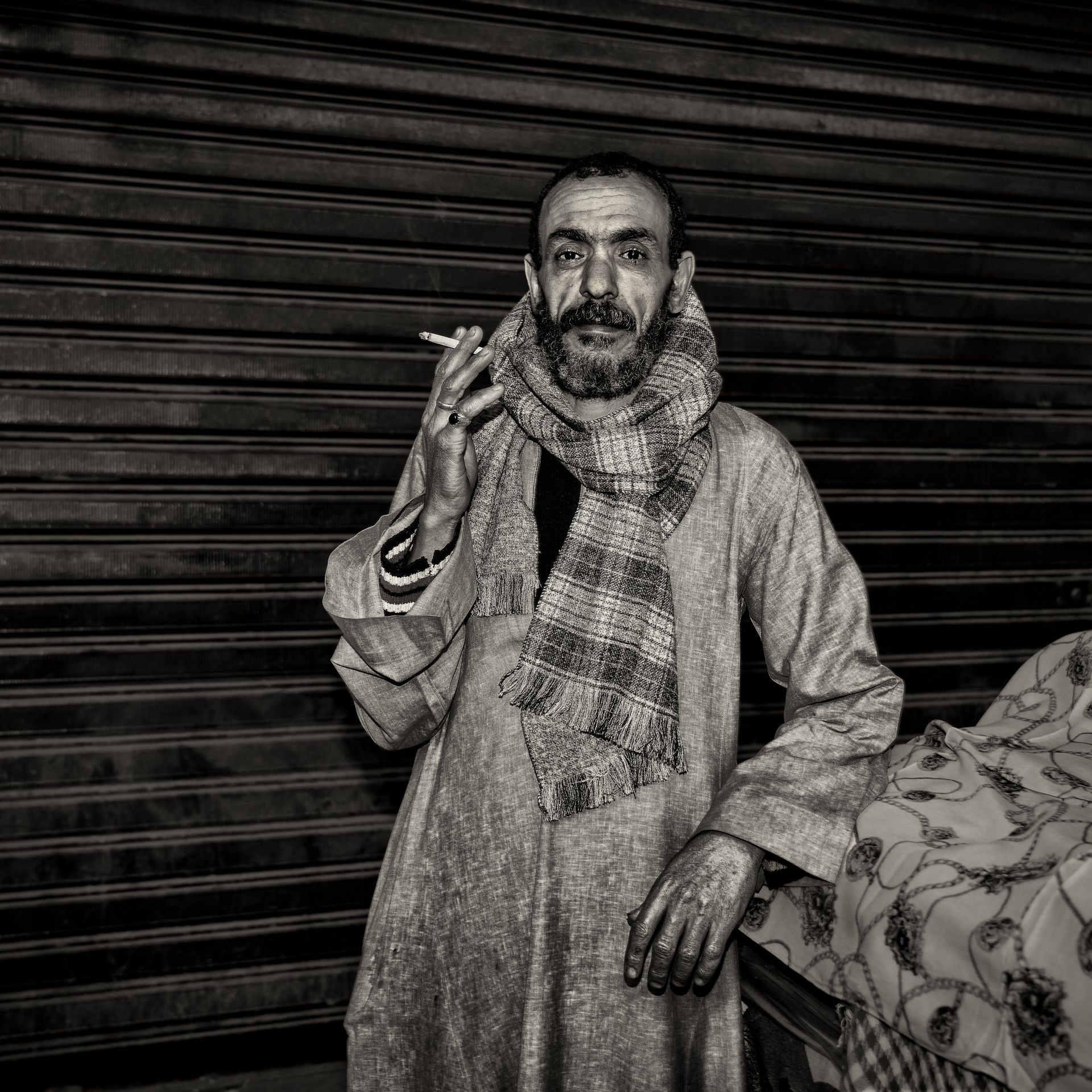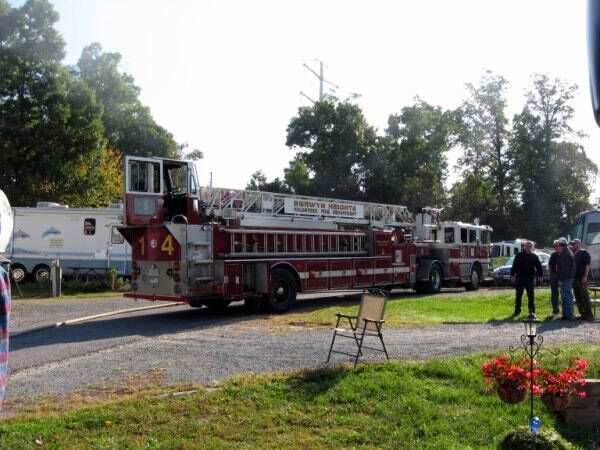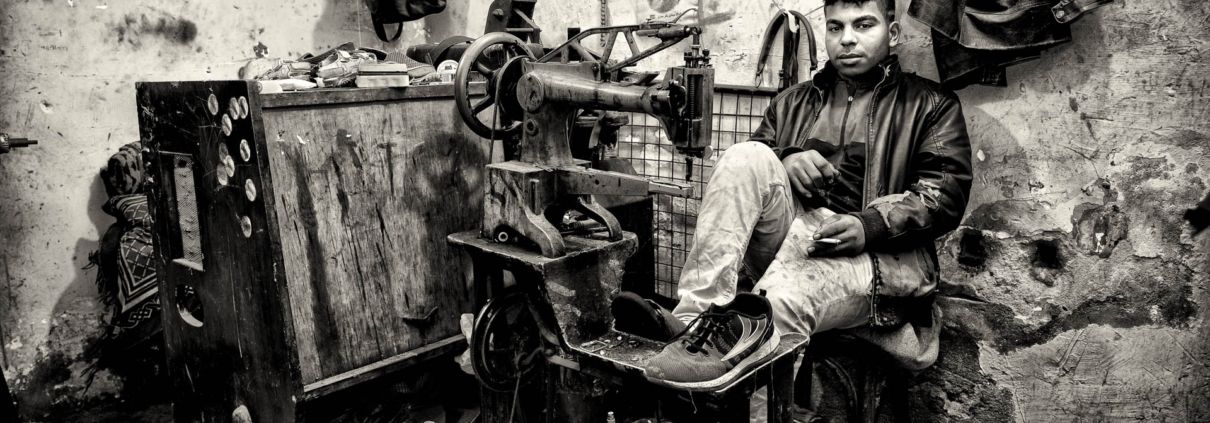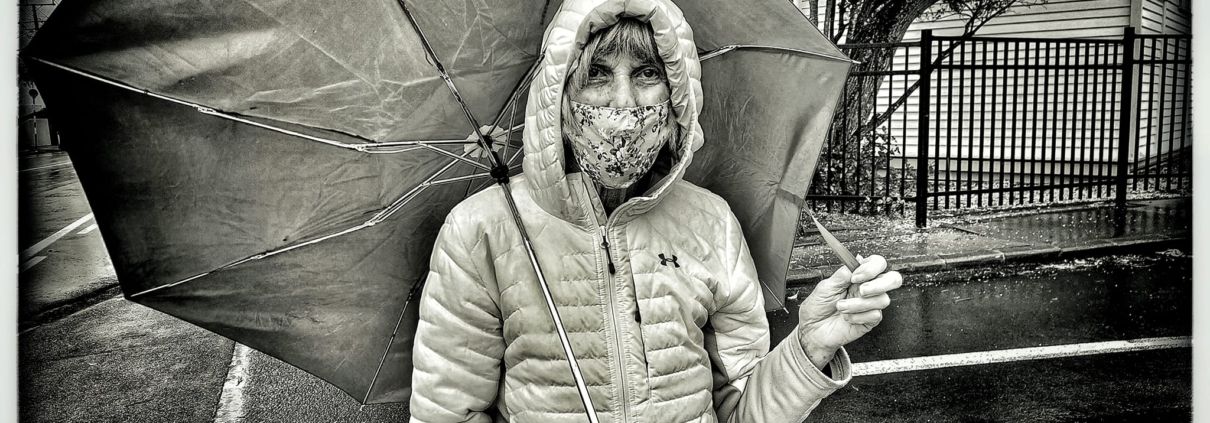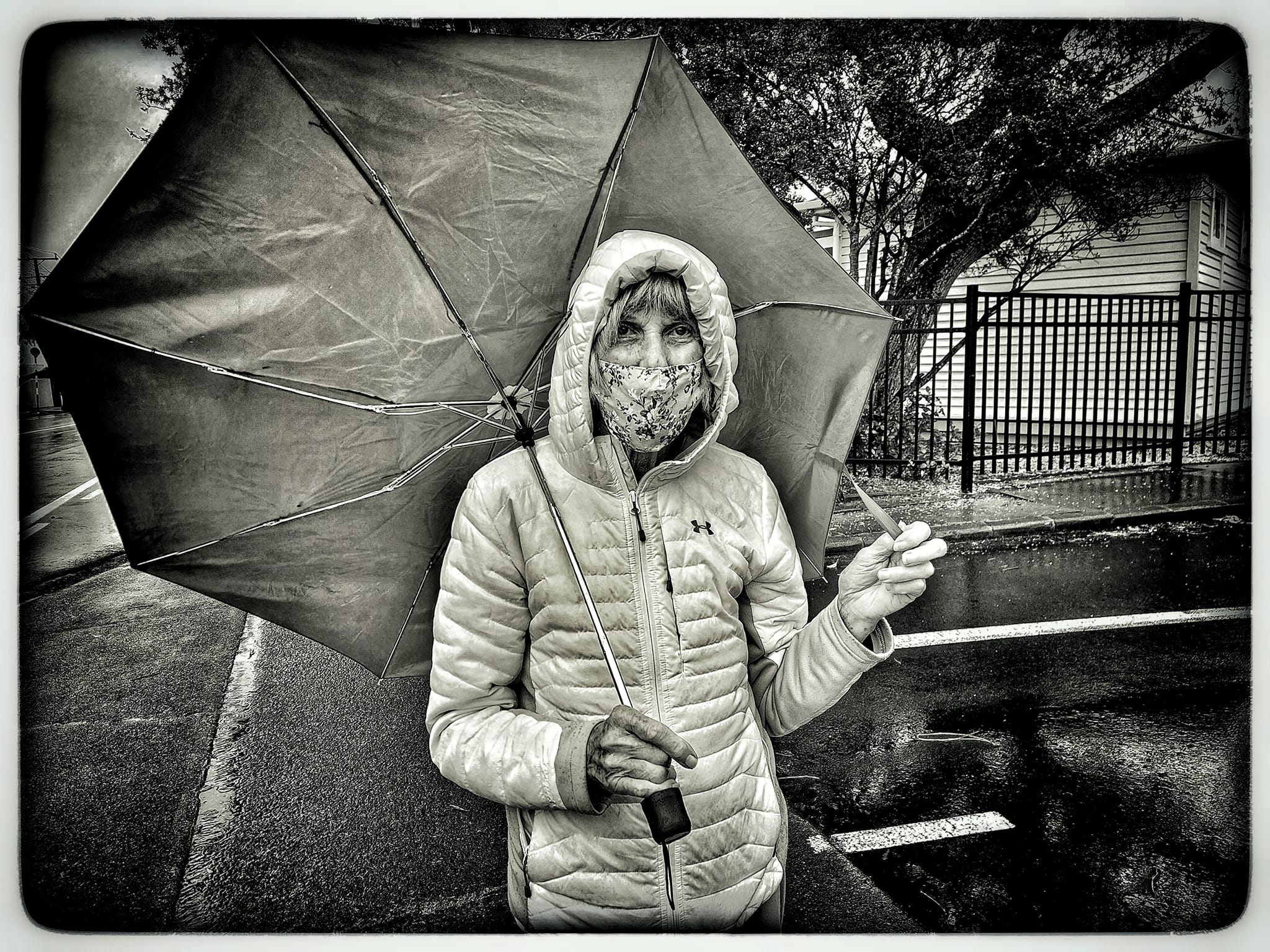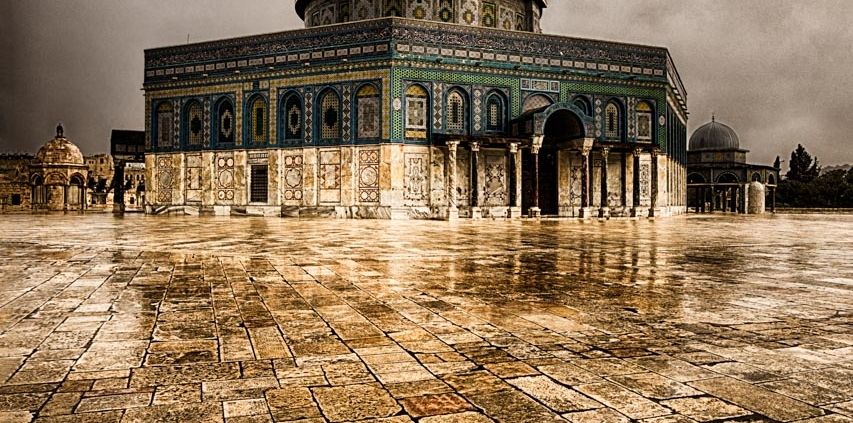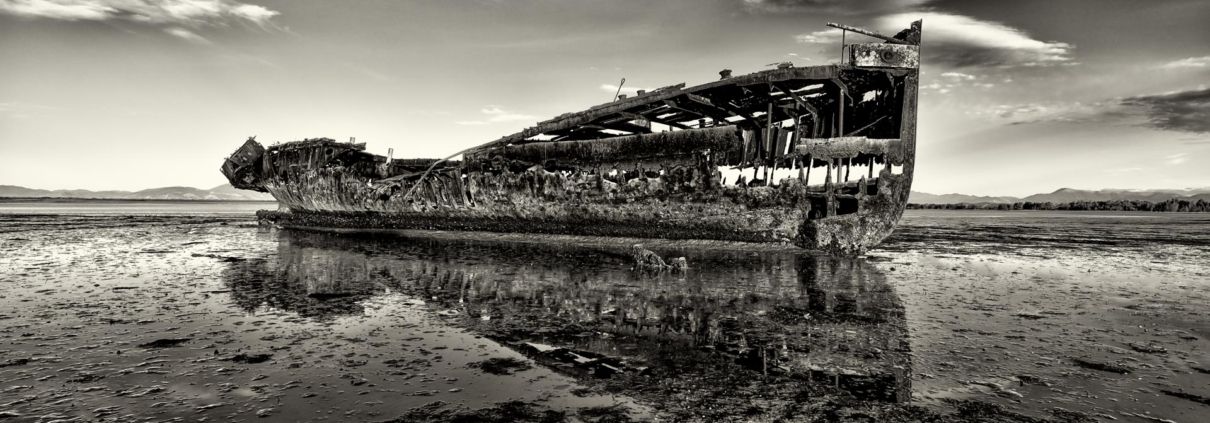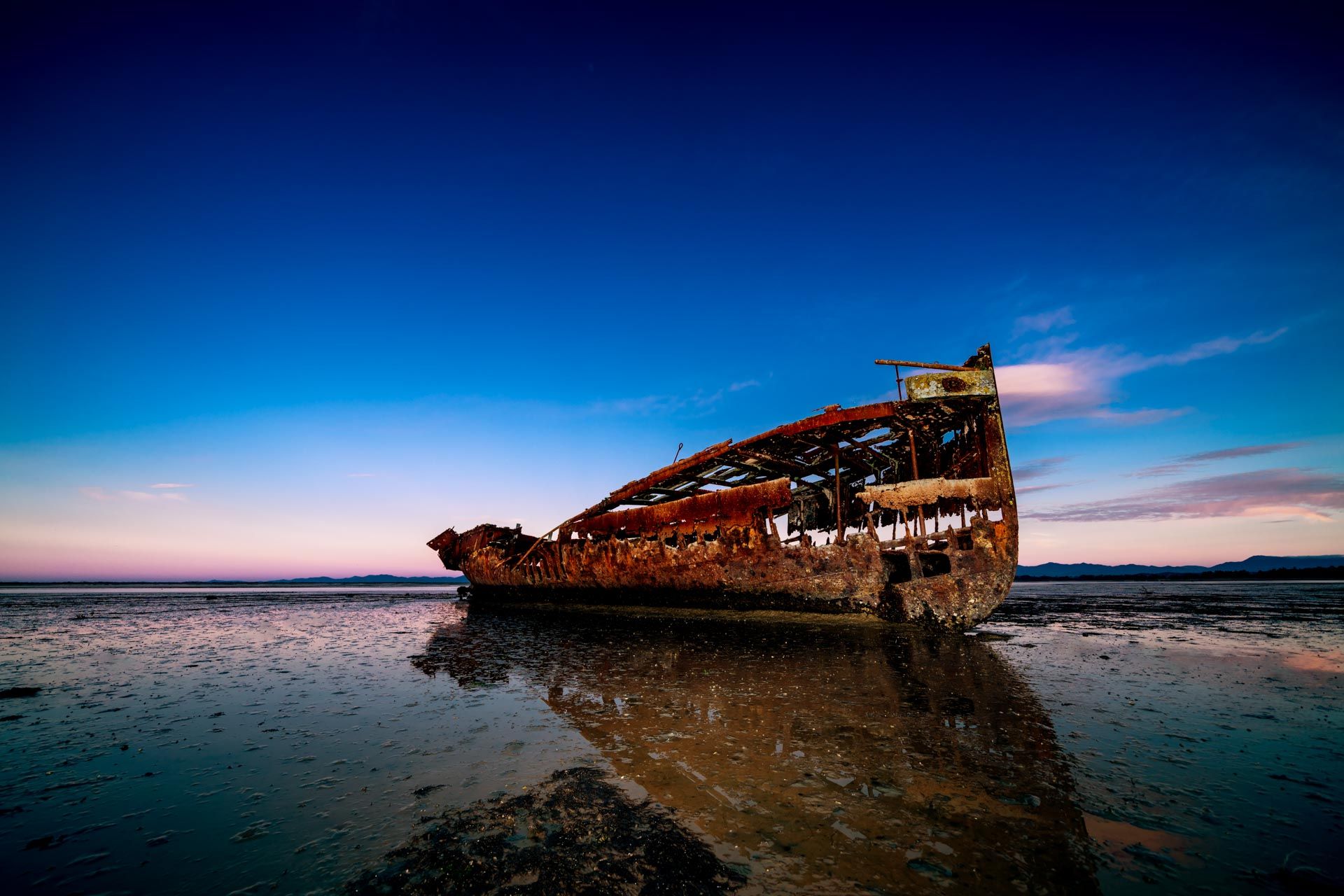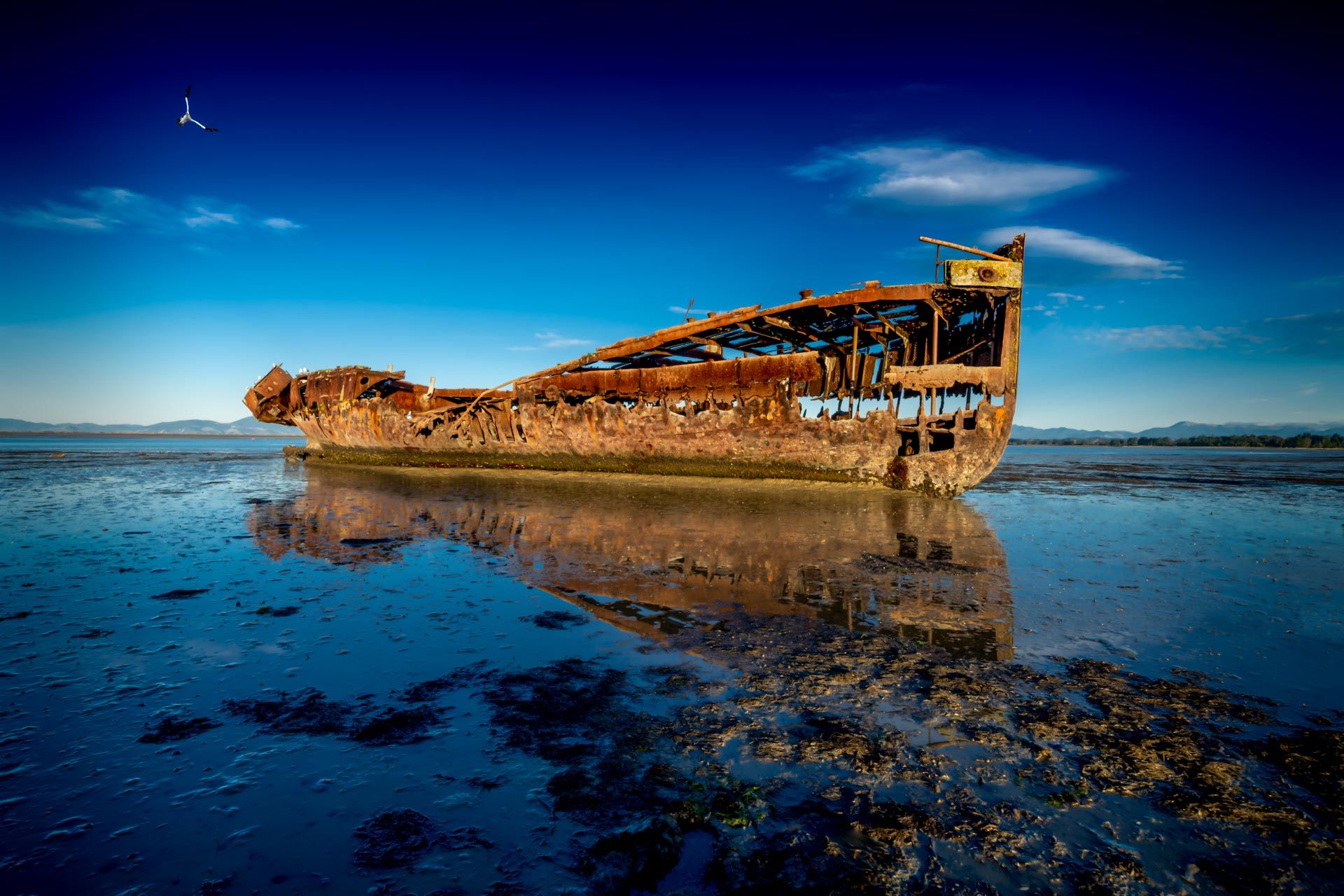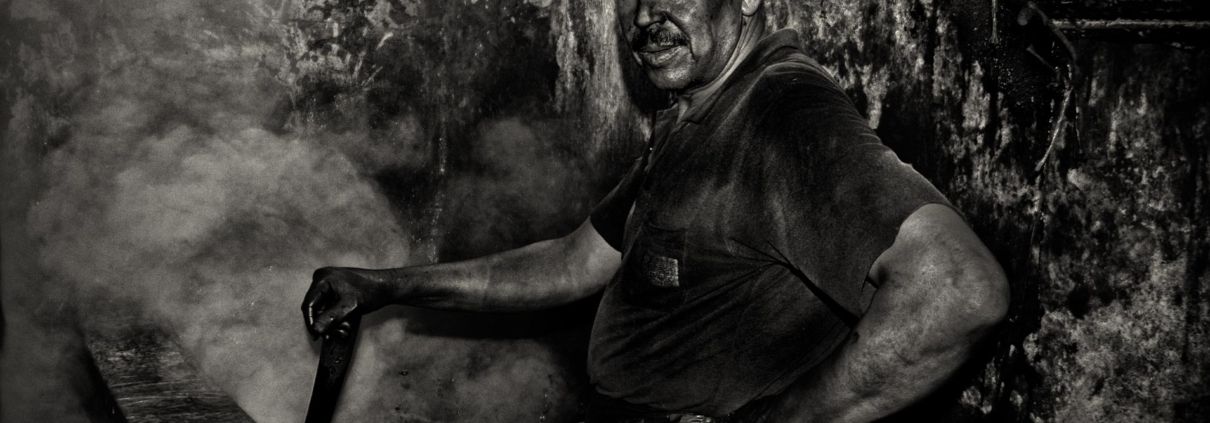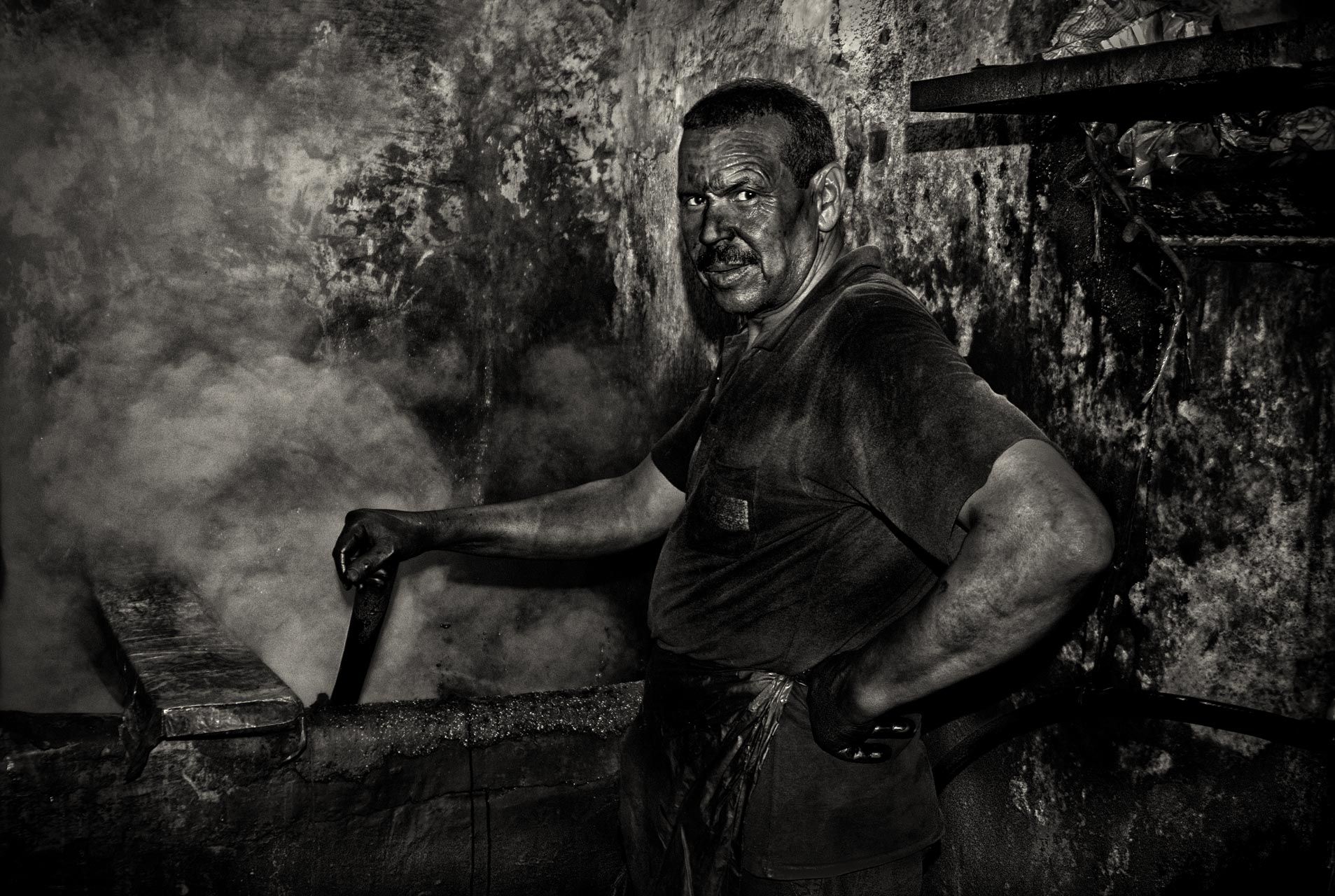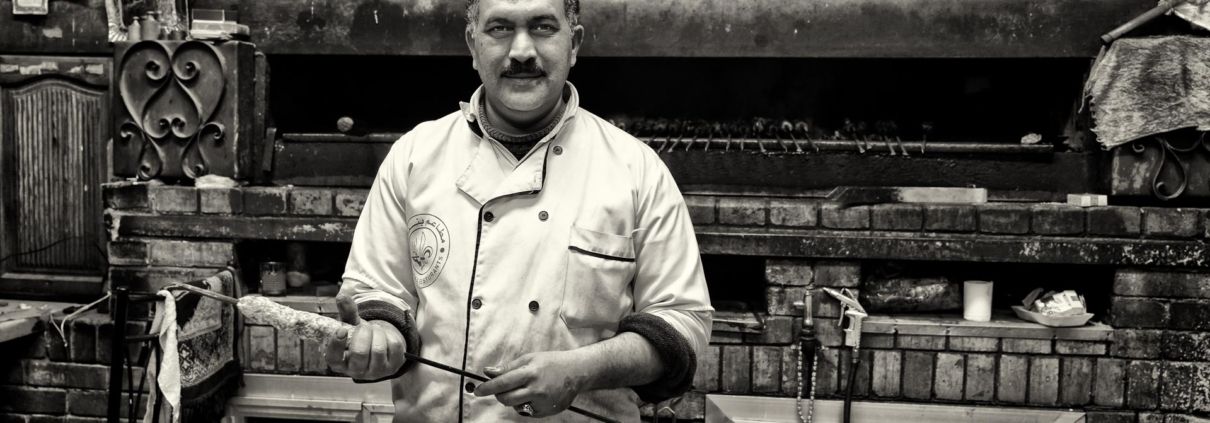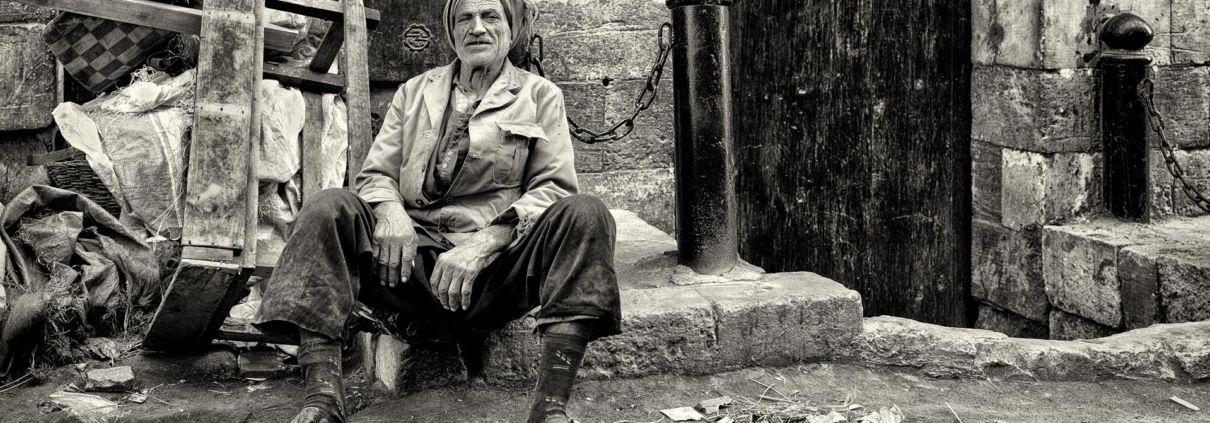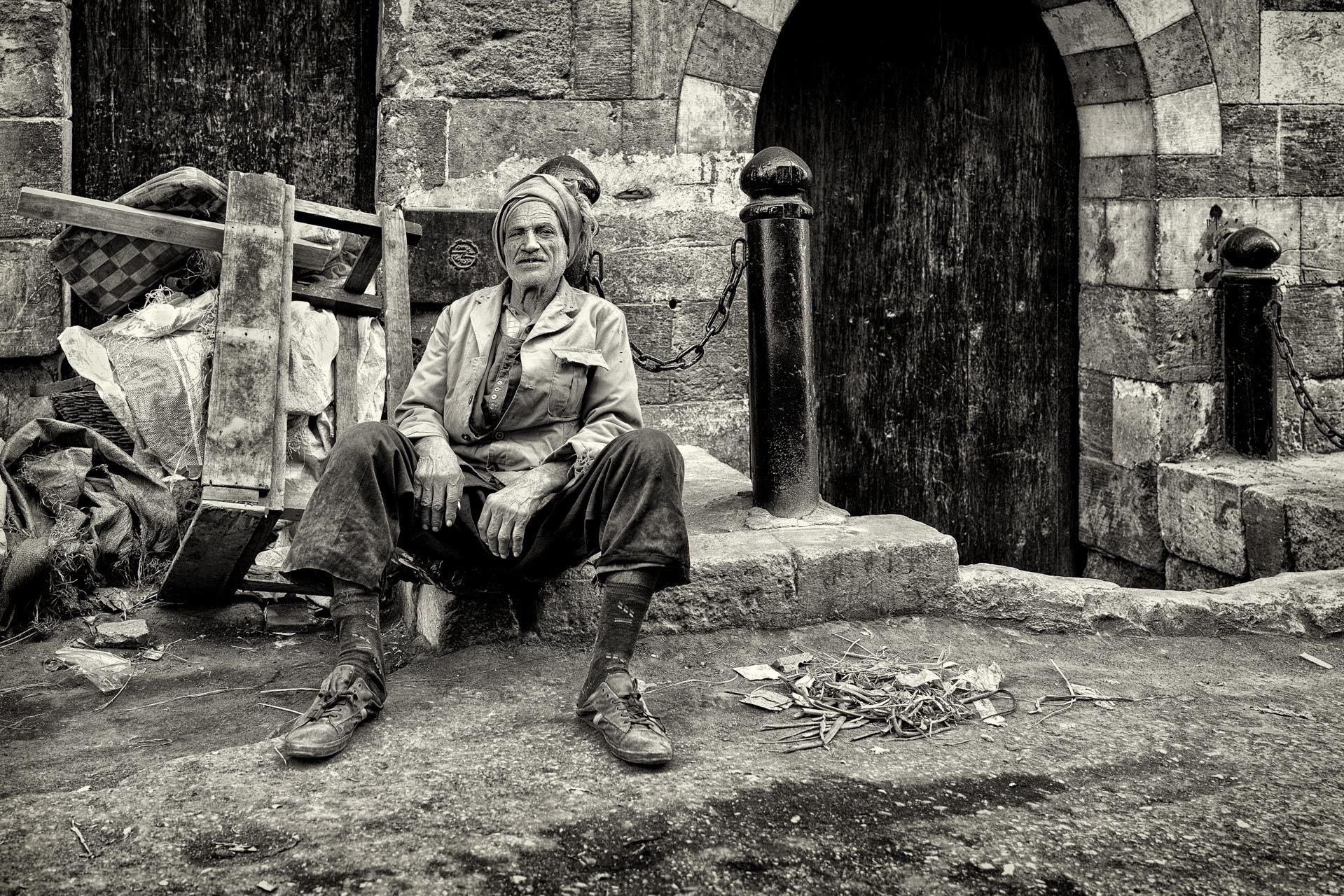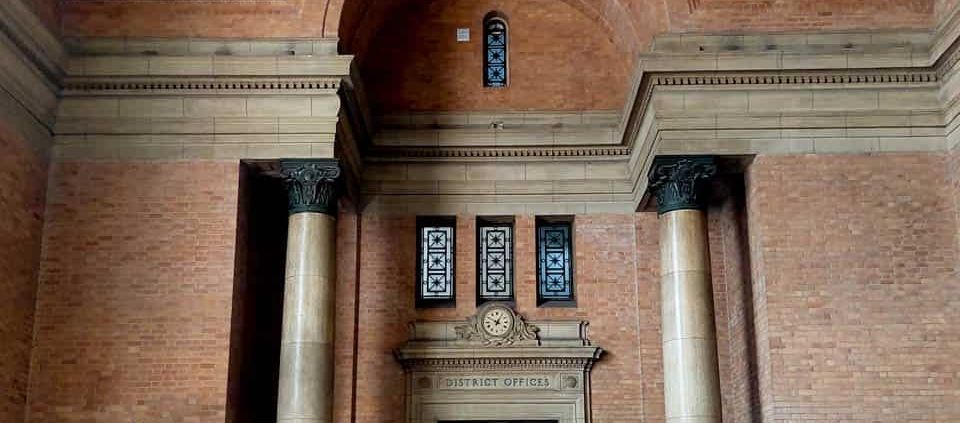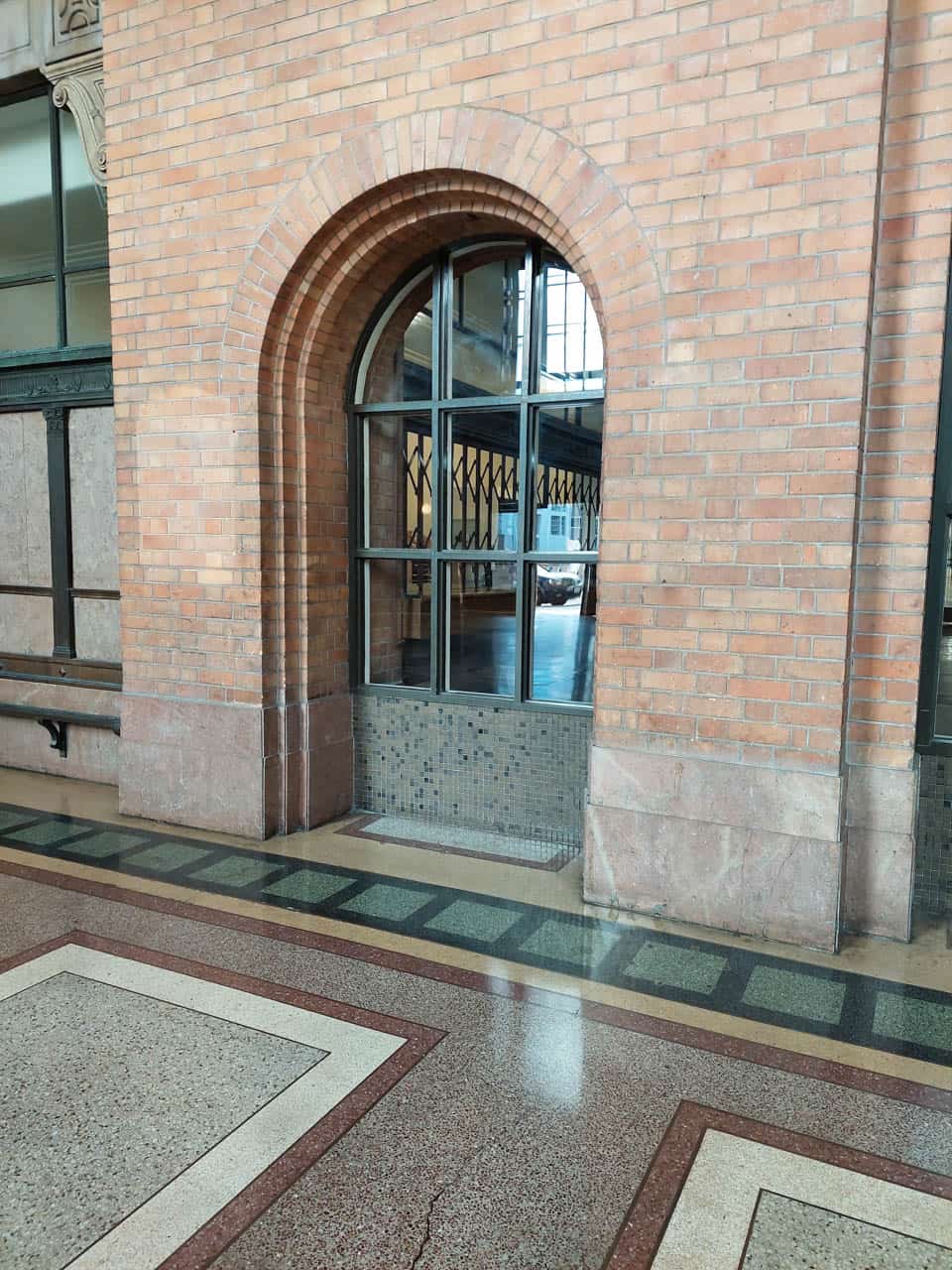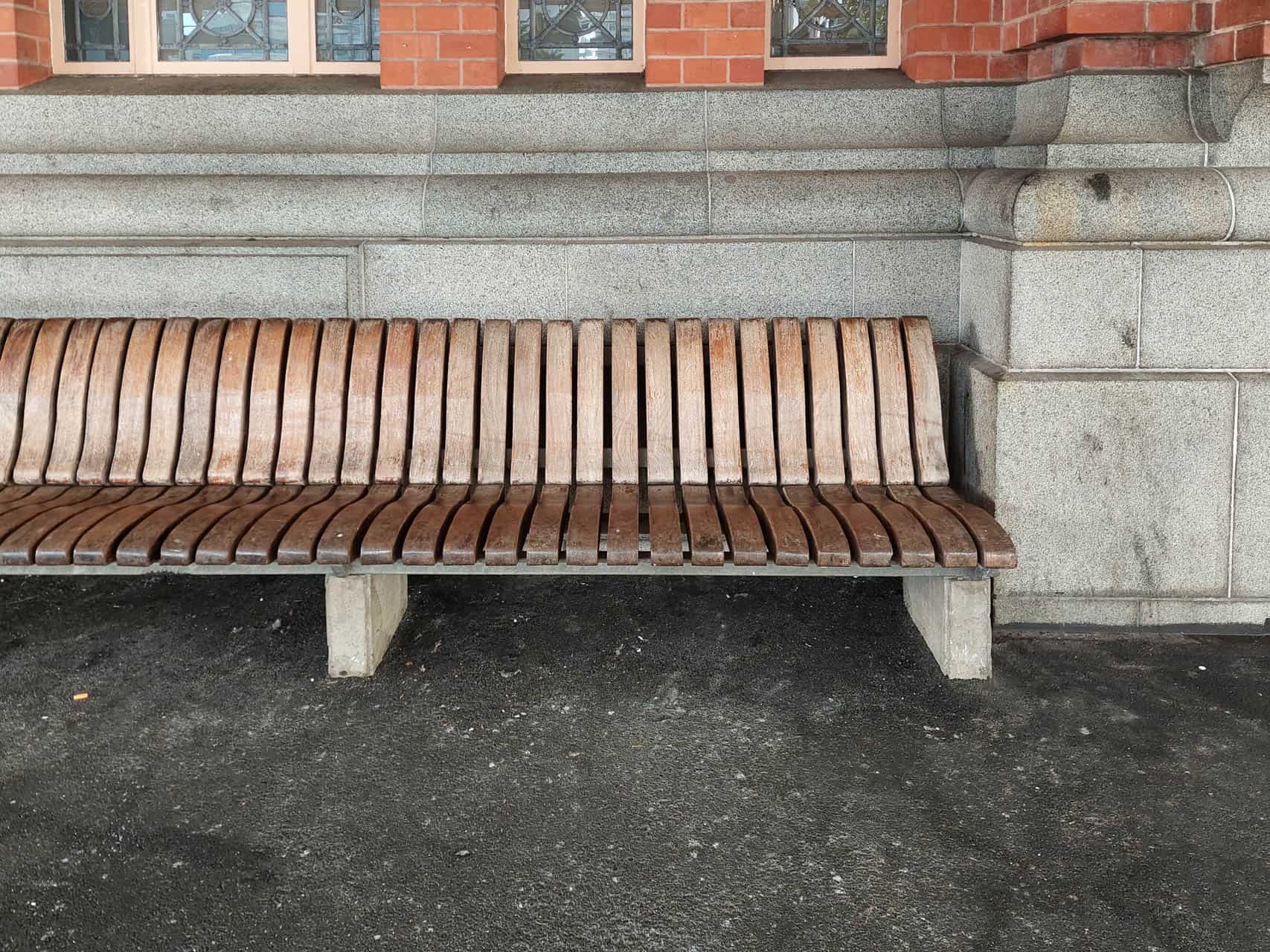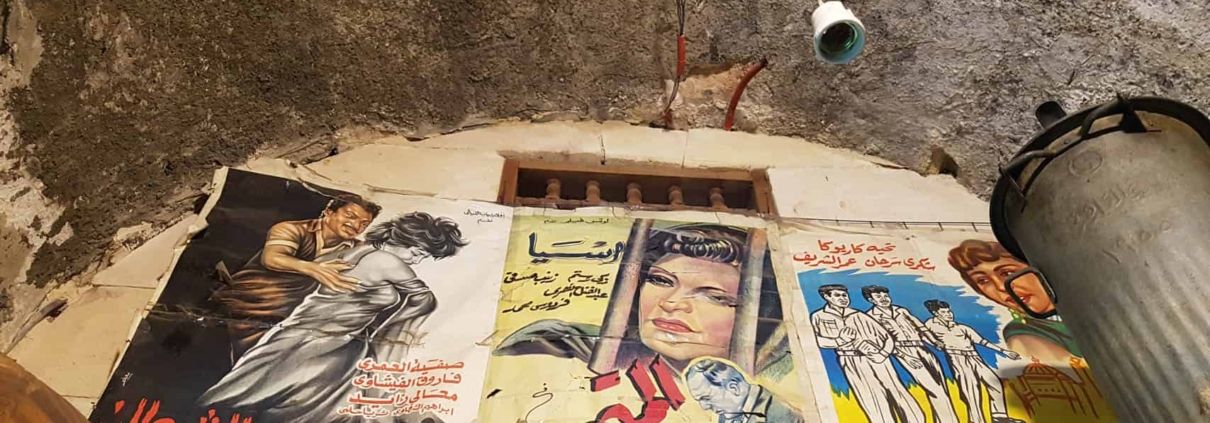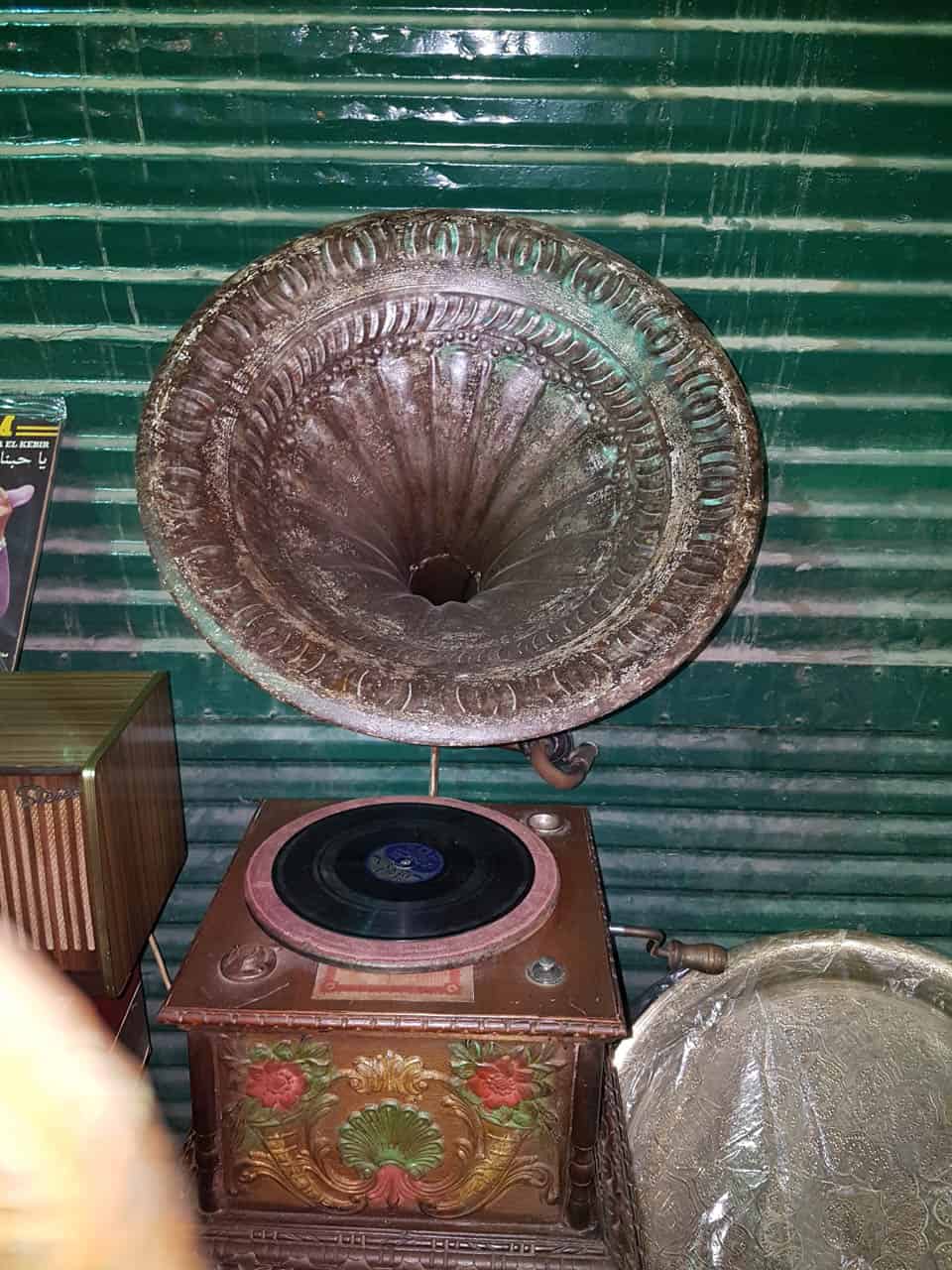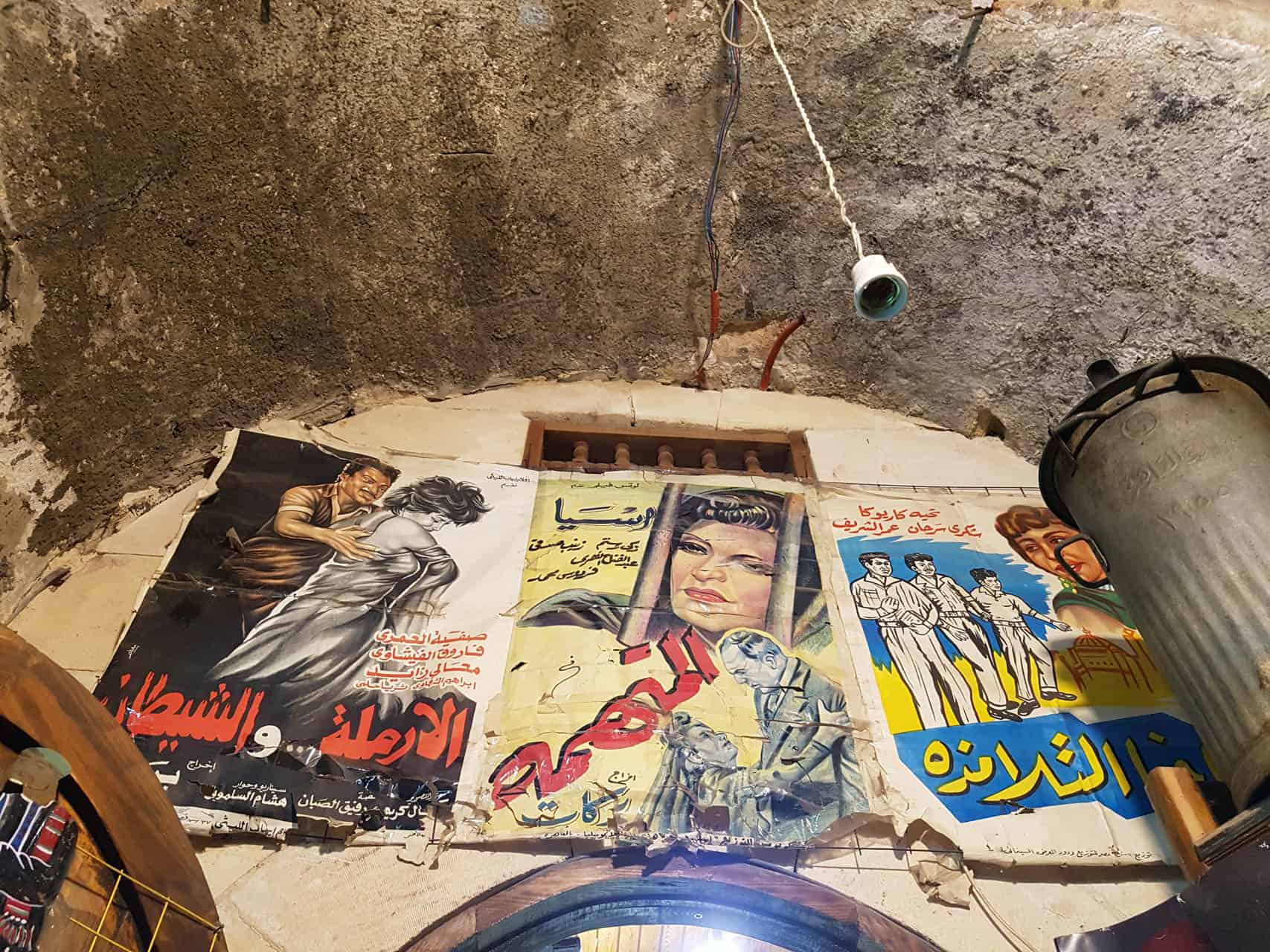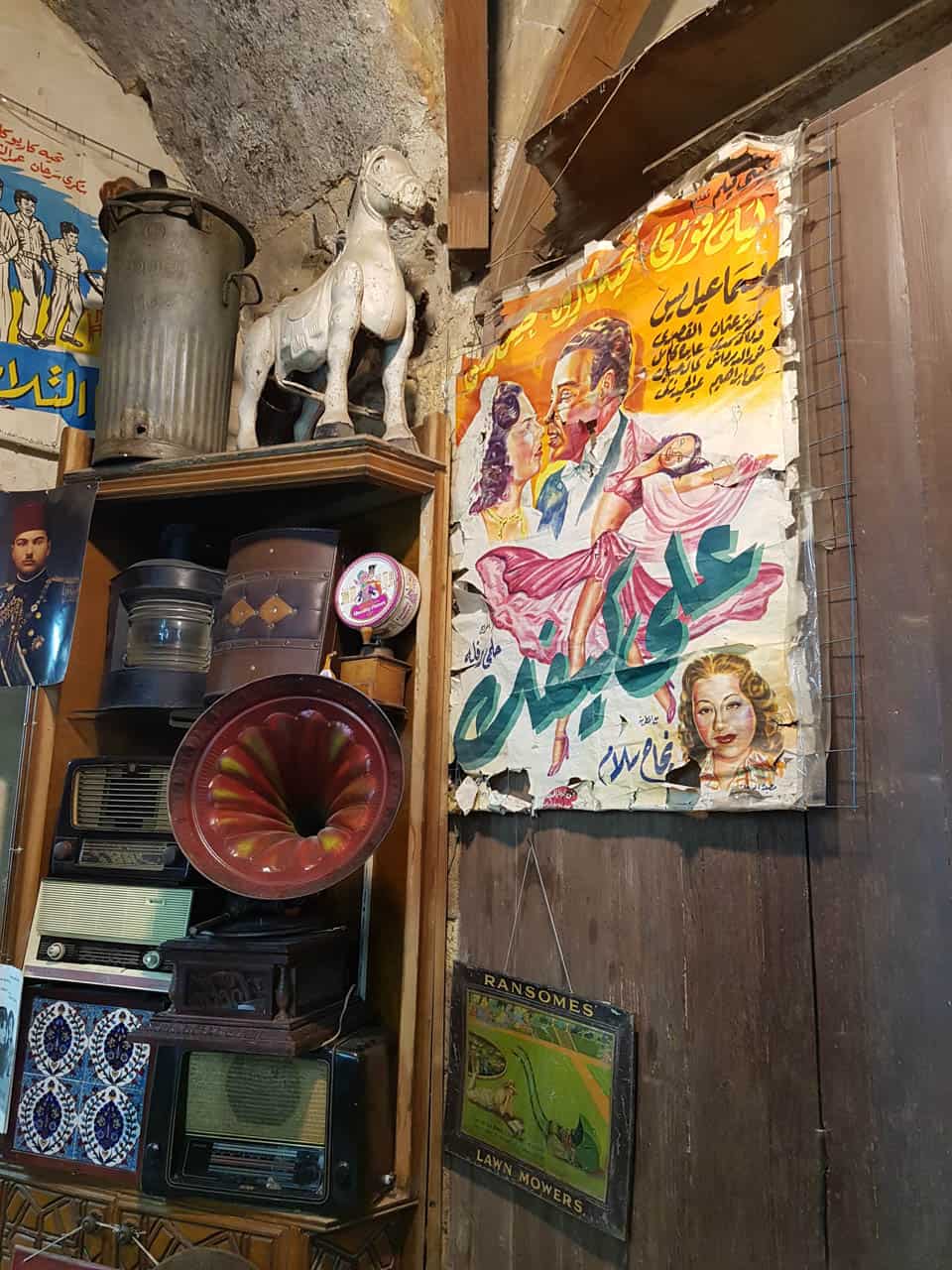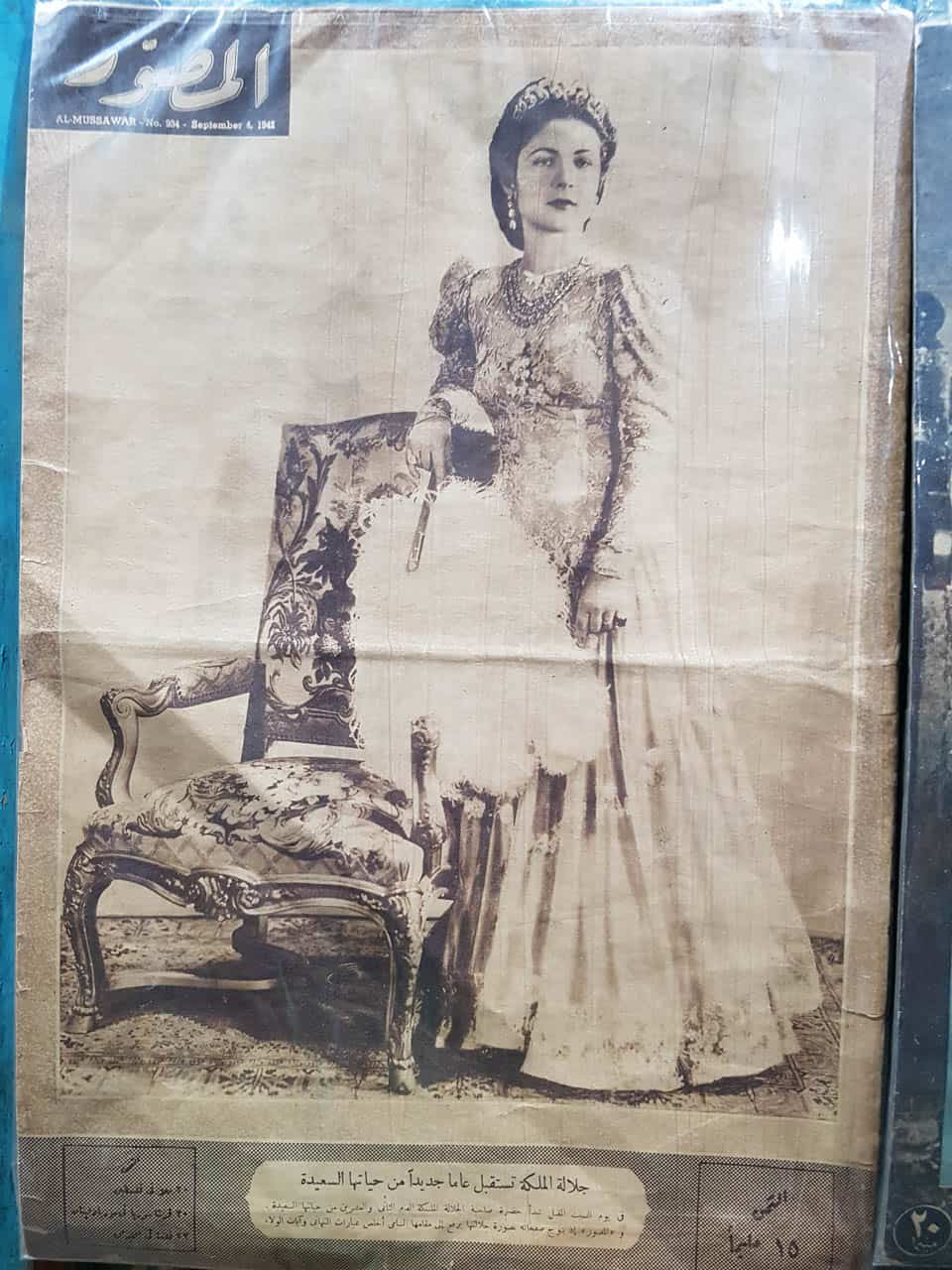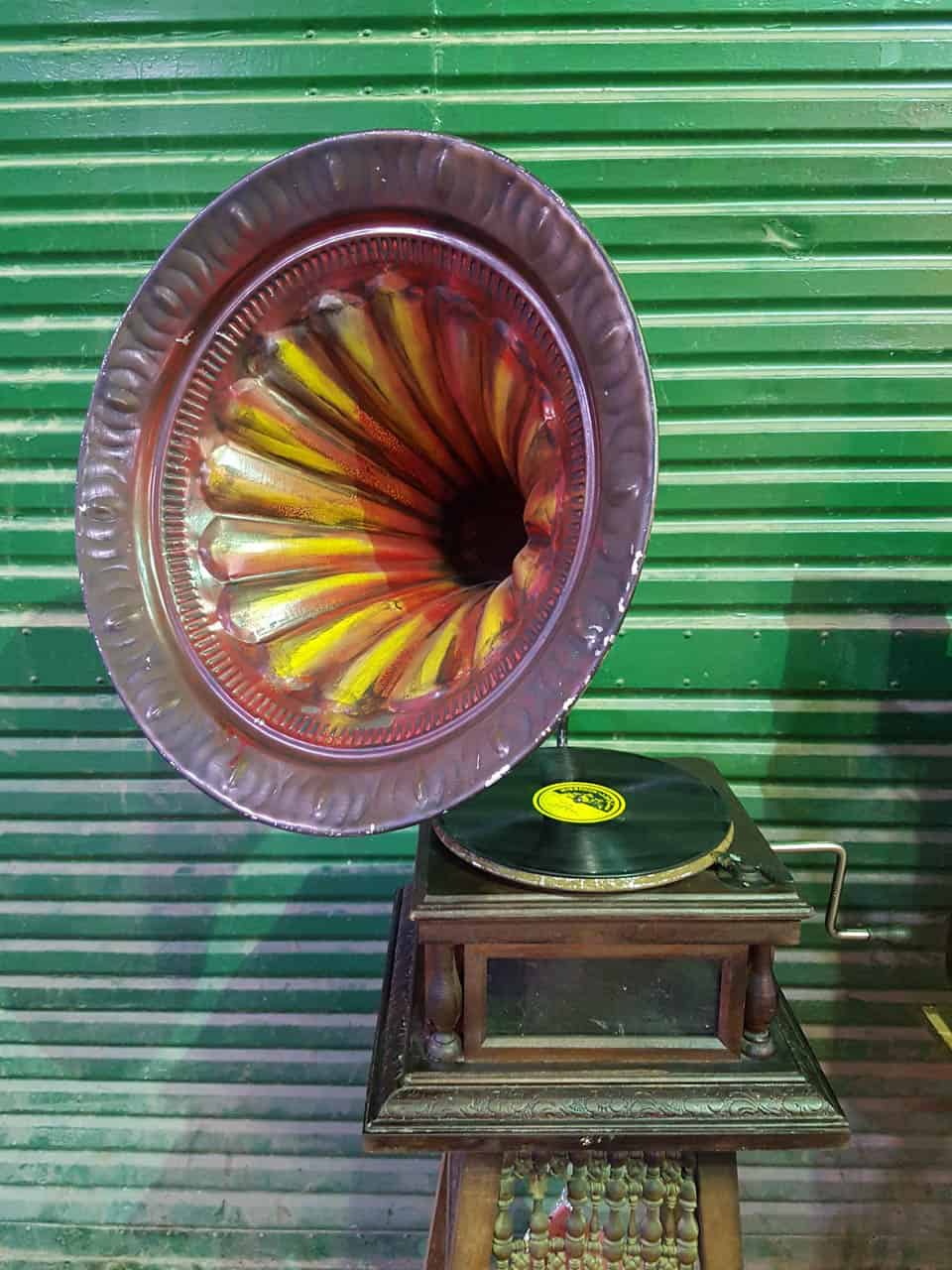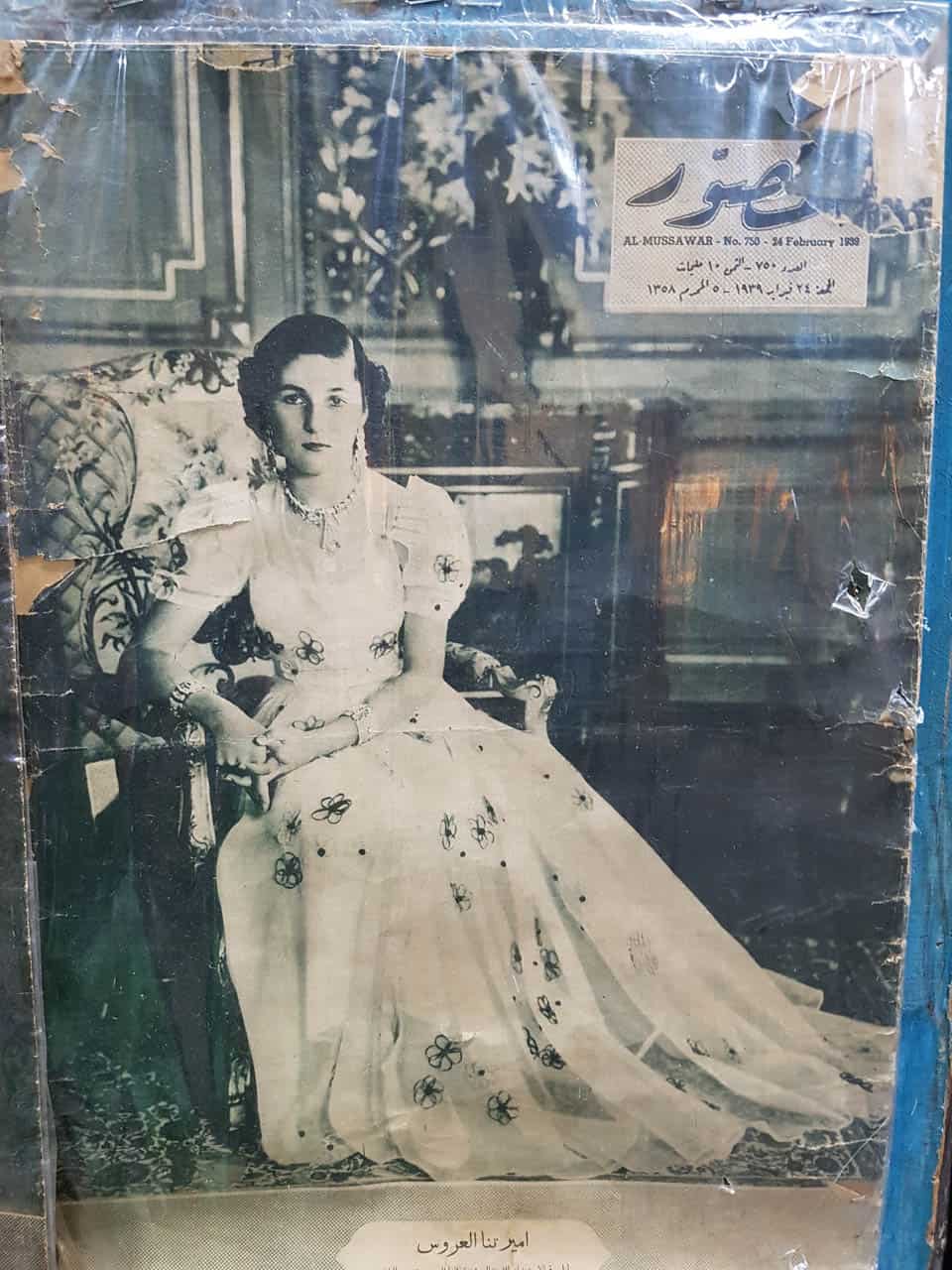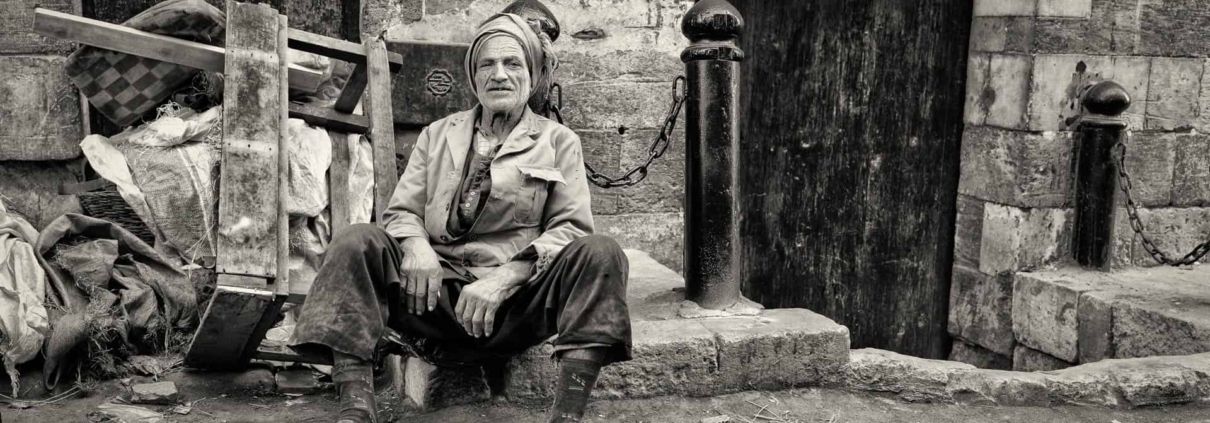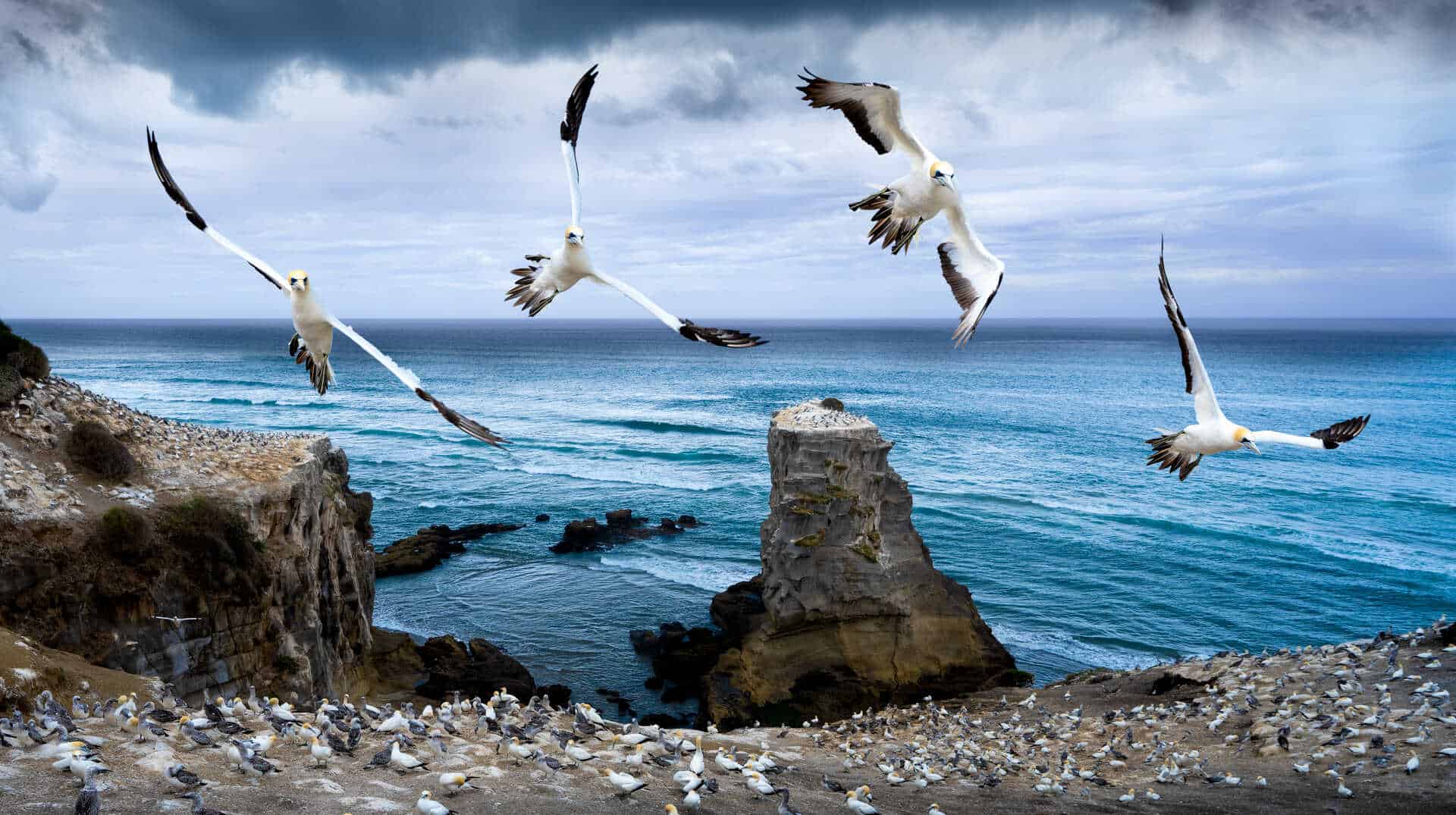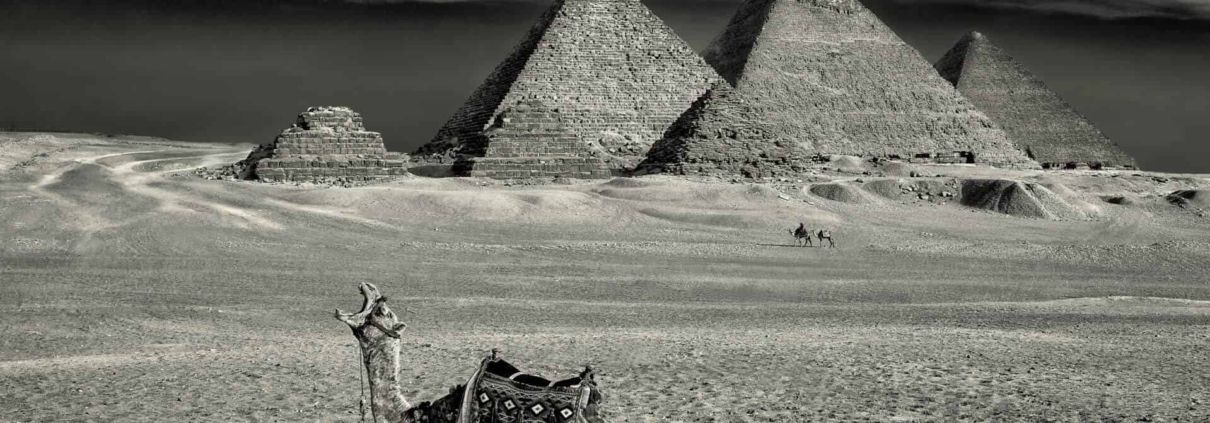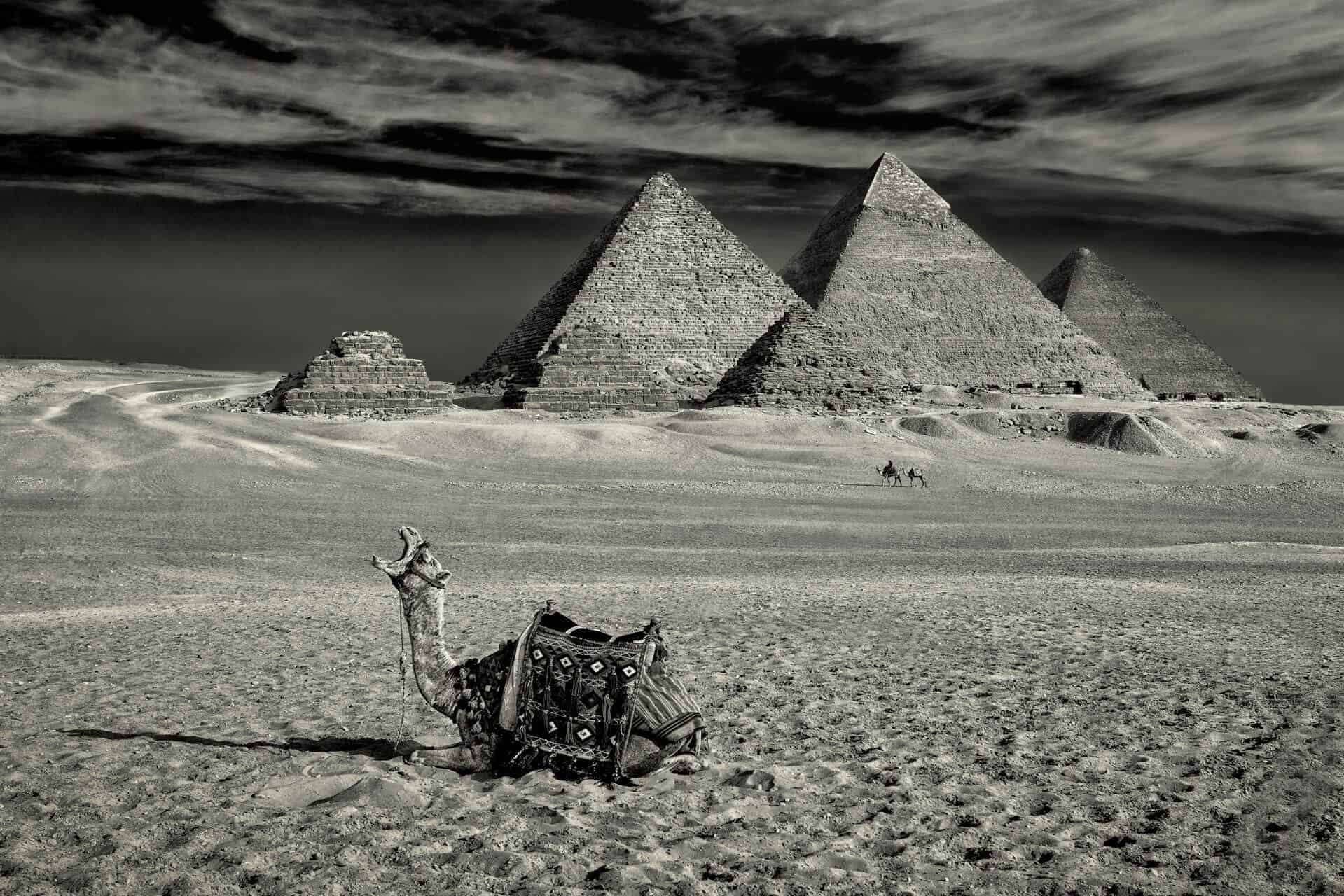The Art Dealer
Delighted to win a Gold award for ‘The Art Dealer’ in the Monochrome category at the North Shore National Salon of Photography🥇
It was an early morning and only a couple of hours to spare before my departure flight, but I braved all odds and seized the opportunity to explore the vibrant flea market on the outskirts of Istanbul 💯
Luck was definitely on my side when I stumbled upon this incredible man who just exuded authenticity! With such a charismatic presence and a backdrop to match, I couldn’t resist asking him to look at the camera📸 We clicked instantly and he graciously posed beside his eclectic merchandise. The connection was natural, and the moment was magical. 🔥
The genuine delight on his face when he saw the photo on the back of my camera was priceless. He requested a copy to frame and hang on his wall, proving the profound impact that a simple photograph can have in bridging cultural gaps and capturing the true essence of a moment so beautifully🖼️ I’m so grateful for this experience.
Faces of Humanity exhibition clip
Artist Statement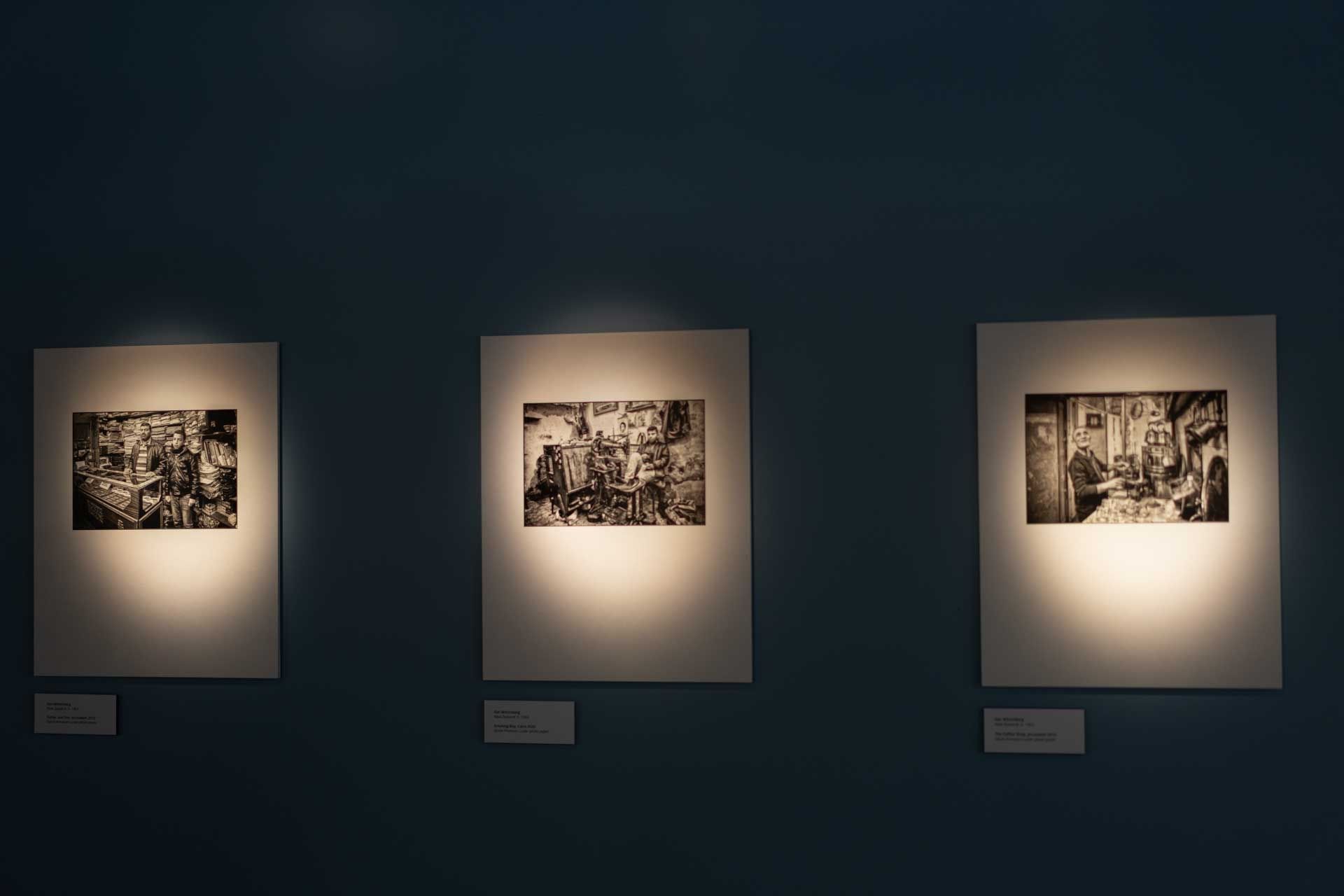



Waiake Beach
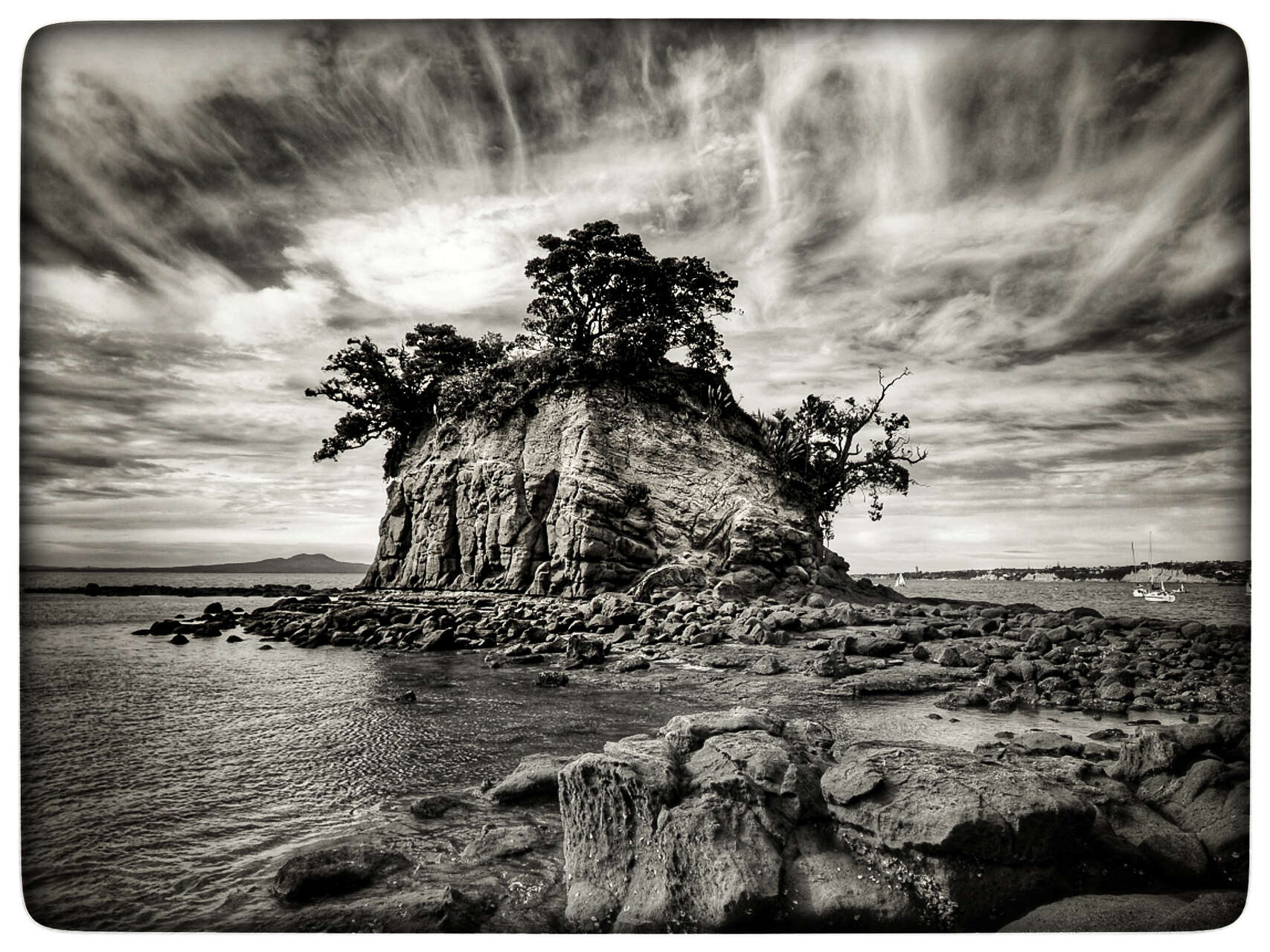
Mary
Mary is 85, originally from Ireland. I chat with Mary every time we meet on my daily walks around Castor Bay. She was born in 1936 to a Catholic family of eight children (Mary was number five after four boys). Mary’s mom had to find a job when her father died and she taught orphans in a monastery. She wanted to be a teacher, but eventually found a job in a large department store in Belfast where she met Mary’s dad. Mary’s dad was an active member of the IRA (as you would) and when the conflict with the United Kingdom 🇬🇧 monarchy (God Save the Queen) ended, he became a policeman.👮♂️ “Those days women lost their jobs when they got married”. Mary wanted to become a nurse 👩⚕️ so went to England to study “it was free because the English government wanted the Irish girls to become nurses”. After getting married, Mary and her husband immigrated to New Zealand when she was 22. Knowing how to use a typewriter, Mary found a an office job when arriving to New Zealand. Five years later she had three kids who all live here. “Life was simpler then”, she says. “You would grow your own veggies in the backyard”. People need to move to the countryside. She apologised for holding the ☔ umbrella to protect from the rain.
Dome of the Rock
located on the Temple Mount in the Old City of Jerusalem, the Dome of the Rock is an Islamic shrine at the center of the Al-Aqsa mosque compound, and one of the three holiest Islamic shrines in the world. It was initially built in 691 on the site of the Second Jewish Temple and destroyed during the Roman Siege of Jerusalem. The original dome collapsed in 1015 and was rebuilt in 1023. Being one of Jerusalem’s most recognizable landmark it is a UNESCO World Heritage Site. According to belief, the rock inside the mosque is the spot from which the Islamic prophet Muhammad ascended to Heaven accompanied by the angel Gabriel. Usually packed with tourists and locals, I was the only one to visit the site early morning when the forecast was for snow. It was so cold that there was no one on site and I could get a beautiful reflection off the wet marble stones just before the storm.
The Janie Seddon Motueka Shipwreck
The Janie Seddon was built in 1901 in Glasgow, Scotland for the Government as a submarine mining vessel, and spent its early life in Wellington working for the Royal New Zealand Navy. She was used in port during both world wars and was the Examination Vessel during WWII. According to some reports, it is credited with firing the first shots of World War II, a warning shot across the bow when the liner “City of Delhi” would not stop on request on September 3, 1939. It was the last surviving military ship to have served in both world wars – rumour has it she even fired the first shot in WW2.
When her military days came to an end, Janie was purchased in 1947 by the local Talley’s fishing group as a fishing trawler, the first in their fleet. It was sold as a fishing vessel to the Motueka Trawling Company and worked in Motueka as a very useful coal-fired steam trawler. As a coal-powered ship, she proved unsuitable as a fishing vessel and her size prevented her from operating in the coastal waters of Tasman Bay.
When she was retired from fishing, in 1950, the Janie Seddon was laid up on the Motueka Wharf. It was anchored next to the sandspit for protection. Unfortunately, when the tide went out, she sat on her anchor and it holed her hull. She filled with water and stayed there until a scrap metal dealer decided to try a salvage. At low tide, the Janie Seddon was dragged by bulldozer across the estuary to the site where she sits now. The scrap metal dealer planned to cut her up into pieces for sale but he went broke trying to do that! The Janie Seddon is made of very strong corten steel and all dealer’s tools broke down! After sinking at her moorings a few years later she was stripped of anything of use and left to the elements. The rust made the holes along with the scrap metal dealer’s attempts to cut her up.
Shoe Laces
Faces of Cairo is a collection of photographs that take you on a tour of the land and its people, the streets, the markets, the African desert, and the path of history.
Cairo is chaos at its most magnificent, infuriating,and beautiful. From above, the distorted roar of the muezzins’ call to prayer echoes out from duelling minarets. Below, car horns bellow tuneless symphonies amid avenues of faded 19th-century grandeur, while donkey carts rattle down dusty lanes lined with colossal monuments. This city’s constant buzz is a product of its 20 million inhabitants, simultaneously stretching Cairo’s infrastructure, crushing it under their collective weight. The smog is heavy and car toots are overwhelming, but its energy is stimulating and exhilarating!
In January 2020, I was privileged to visit the ancient city and tell the story of its people. What stood out to me the most was how friendly the people were. I first shook their hands warmly and then asked in Arabic: “Can I take your photo?” I gave people my full attention and most were delighted to have their portrait taken. I showed them the image on the back of my camera which made them feel honoured and respected. I consider it my privilege to be able to share these glimpses into their lives with the wider world.
I wanted to visit Cairo for a long time and was so glad when the opportunity came. I always admired the long and rich history of Egypt and found the experience of modern-day Cairo to be incredible in its own right. The whole city buzzes with all kinds of different people, and despite the economic hardship, they have a wonderful faith in a better future.
Faces of Cairo is a documentary collection. Most of the photos had little or no retouching. I asked people to look straight into my camera, so these are not candid photos. The strength of this series is in giving viewers a rare opportunity to connect with the common Egyptian people in their natural environment. This diverse group of people serves as a timely reminder that, despite our many cultural differences, we can unite as a community through the power of photography. The collection is a celebration of our shared values: hard work, the importance of family and caring for each other as humans. I hope that through this portfolio viewers learn more about the Egyptian people. In sharing this portfolio, I encourage viewers to show empathy: to accept others and to recognise the value of cultural diversity. We would all experience an enhanced sense of community if we took the time to appreciate interactions which allow us to discover the world beyond our familiar boundaries. We are all wonderfully unique, yet, at the same time, we are deeply similar.
I present these photographs in timeless monochrome,to ensure consistency and flow of the series amidst the chaos and clutter of the busy environment. My aim is to create an authentic portfolio of diverse individuals in a foreign land. My goal is to tell their stories using a clear narrative style and enduring quality. The portraits are crisp and sharp, to allow the details to inspire your imagination and to evoke emotions. I hope that viewers will experience some of the atmosphere and connect with the people.
2021 Portraiture Seminar
Join portrait photographer Ilan Wittenberg
When
Saturday, May 15, 1-4 pm, $49 admission fee, Register Here
Where
Studio One Toi Tū
1 Ponsonby Road, Ponsonby, Auckland.
What’s included
We will review travel photography from Cairo, Jerusalem and Morocco. During this seminar participants will have plenty of opportunities to ask questions regarding Ilan’s camera technique, equipment, software, post processing, creating a portfolio, exhibiting and entering the Awards. Wittenberg will also talk about how to engage people in a foreign land when asking to create their portrait and how to use photos for storytelling.
You will also be able to try different printing papers courtesy of EPSON who will have an A3-A2 size photo printer available for us. You are welcome to bring your favourite 2-3 images on a USB or an SD card (JPEG format) so these can be printed during the seminar. Bring an empty cardboard tube so your print will travel home safely.
Techniques covered
- Travel Photography
- Equipment
- Posing
- Lighting
- Composition
- Selecting the right lens
- Camera Settings
- Engaging your subject
- Post processing
- Creating a portfolio
- Entering Awards
What to bring
- SDHC memory card
- Hi resolution JPEG images that you’d like to print on EPSON’s wide format photo paper
- Cardboard tube for your new prints
Yawning Camel
15TH ANNUAL BLACK AND WHITE SPIDER AWARDS HONORS PHOTOGRAPHER ILAN WITTENBERG FROM NEW ZEALAND
LOS ANGELES, November 11, 2020 – Professional photographer Ilan Wittenberg of New Zealand was presented with the 15th Annual Black and White Spider Awards Nominee title at a prestigious Nomination & Winners PhotoShow.
The live online gala was attended by industry leaders and the photography community from around the globe who logged on to watch the climax of the world’s premier event for black and white photography. 15th Annual Jury members included captains of the industry from Musee de l’Elysee, Lausanne; Sotheby’s, London; Travel/Discovery Channel, New York; Kunsthaus Zurich, Switzerland; Portuguese Center of Photography, Porto; Aeroplastics Contemporary, Brussels; The Guardian, London; Contrasto Galleria, Milan; ADK Creative One Inc., Tokyo; Hiroshima MOCA, Japan; MACBA, Barcelona; and Pereira O’Dell in New York who honored Spider Fellows with 610 coveted title awards and 919 nominees in 32 categories.
“Simply Stunning.” Justine Gruser, Specialist at Sotheby’s commented. Bernardino Castro, Director at Portuguese Center of Photography (CPF), Porto said “The amazing quality of the images in the competition made it very difficult to select the winners. I would like to reinforce the relevance and impact of Black & White Spider Awards as a mobilizing agent in promoting the production and dissemination of excellent photography at an international level.” Christopher Doyle, Creative Director at Travel Channel/Discovery, New York added, “Always look forward to the way in which these photographers see the world in a unique and curious way.”
“It’s an incredible achievement to be selected among the best from the 6,378 entries from 69 countries we received this year” said Basil O’Brien, the awards Creative Director. “Ilan’s Yawning Camel,” an exceptional image, represents black and white photography at its finest, and we’re pleased to present him with the title of Nominee.”
BLACK AND WHITE SPIDER AWARDS is the leading international award honoring excellence in black and white photography. This celebrated event shines a spotlight on the best professional and amateur photographers worldwide and honors the finest images with the highest achievements in black and white photography.
No one knows how the Pyramids were built. It is one of the biggest mysteries ever. The Great Pyramid of Giza weighs 6 million tons. Its footprint is that it covers 13 acres. Its length along each side is 750 feet, and 481 feet tall. Half a million blocks were used in its construction. There are 144,000 casing stones, all highly polished and flat to an accuracy of 1/100th of an inch, about 100 inches (or 8 feet) thick and weighing about 15 tons each with nearly perfect right angles for all six sides. More importantly than its size, is its mathematical precision and its earth-grid coordinates locking it in to cardinal True North, so precise within 3/60th of a single degree! The pyramid incorporates the astrological dimensions of the planet.


